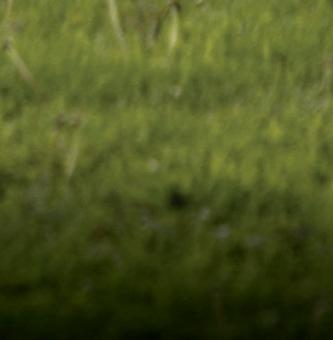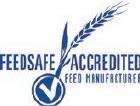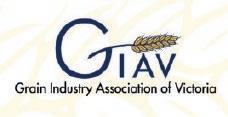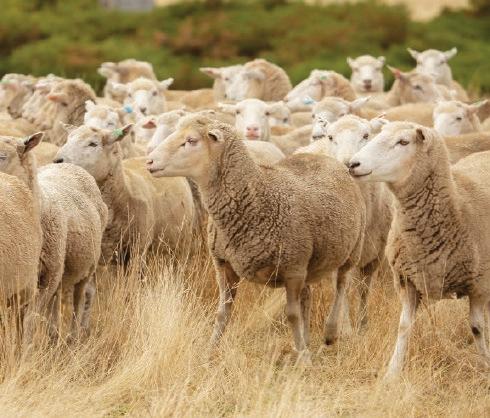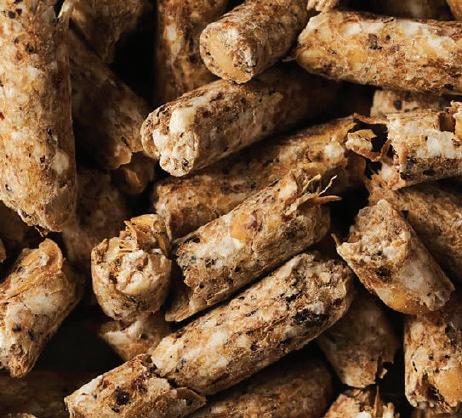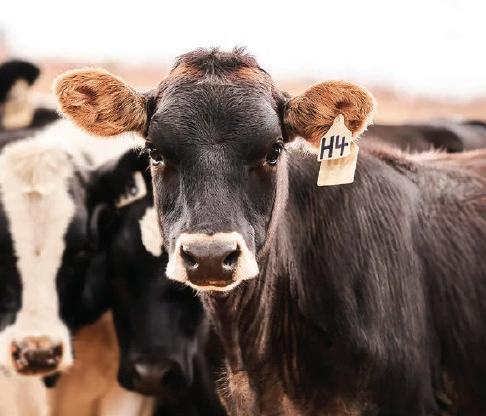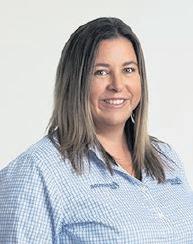






Back to nature for sustainable farming
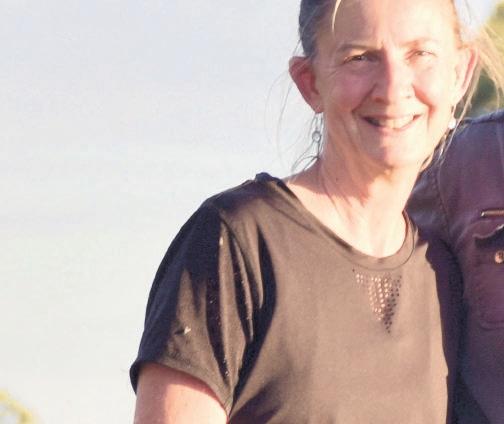

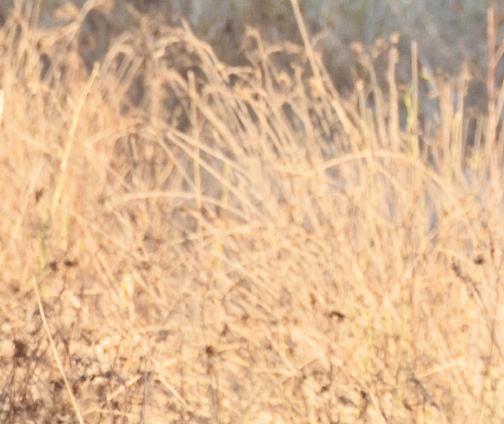



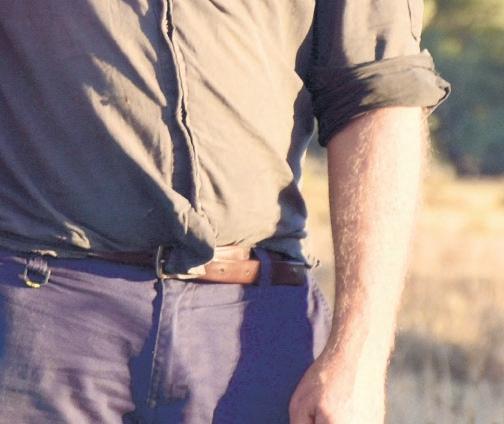
ANYTHING BUT CONVENTIONAL
Winery and its owners are a work in progress
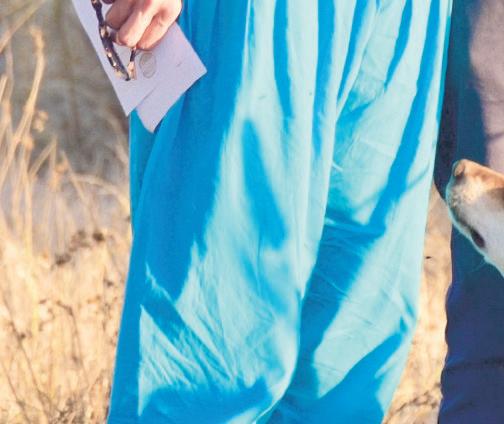
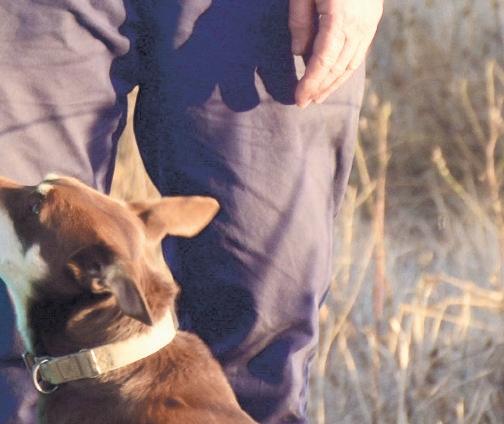


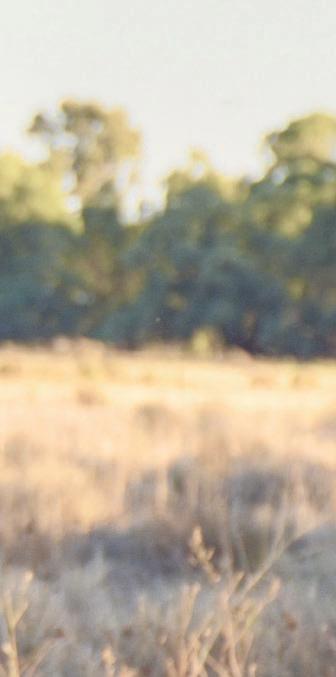
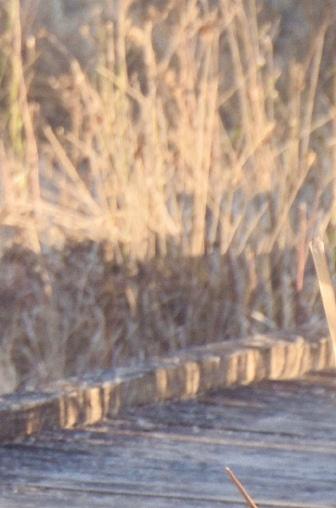
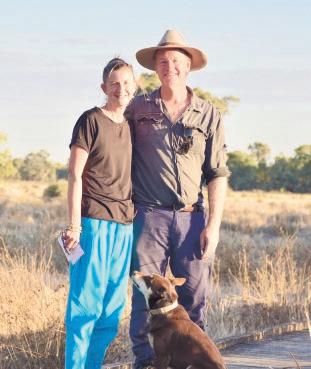
See
Editor Sandy Lloyd
Writers
Djembe Archibald
Sophie Baldwin
Billie Davern
AAP News
Photographers
Rechelle Zammit
Djembe Archibald
Sophie Baldwin
Sub-editor
Kylie Garrett
Advertising
Peter Wicks
Craig Comline
Simone Dunne
Advertising support
Ashwini Sidhu
Graphic


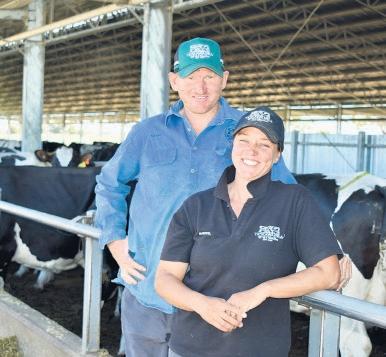
Editorial: (03) 5820 3252
Advertising: (03) 5831 2312
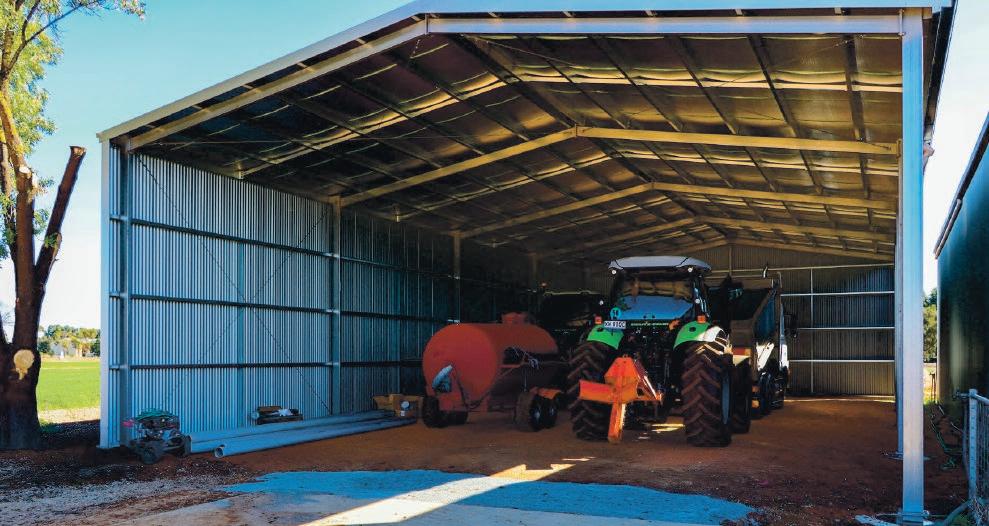


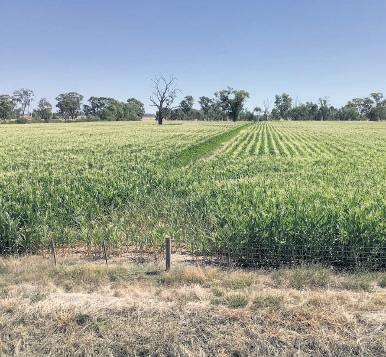






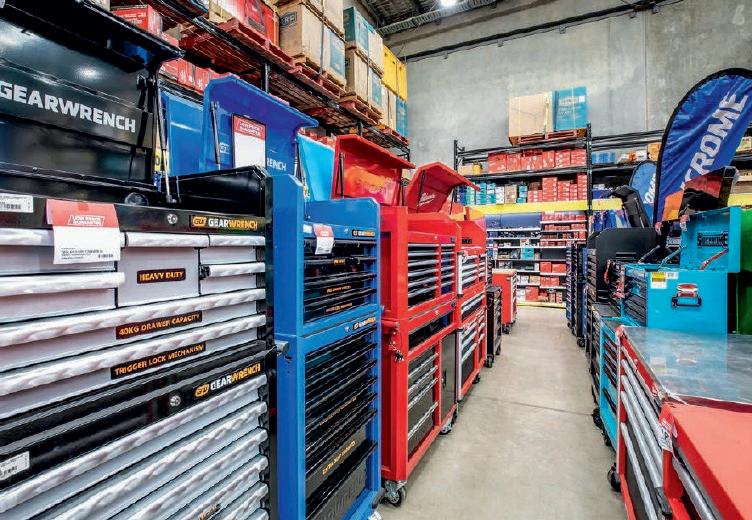






The use of weight loss drugs could change what Australians eat, with the agriculture industry eyeing a possible decrease in food consumption.
Uptake of drugs like Ozempic, which suppress the appetite and make users feel full more quickly, have been listed among trends and drivers that may affect Australia’s agriculture sector in the next five years.
“While it is unlikely to be a game changer in 2025 for Australian food and agri products, the impact of reduced food consumption by individuals taking these medications should not be overlooked,” Rabobank says.
Changed eating patterns due to the rising use of anti-obesity drugs joins a shift towards in-home and less alcohol consumption, and increasing demand for dairy products tailored to older consumers, as some of the top global trends in food and agriculture set to be felt in Australia in the next five years.
Rabobank global strategists have examined the top trends “from farm to fork along the global supply chain for food and agriculture to 2030”, and identified a number of major macro factors set to impact right across the sector out to the end of the decade.
These include changing trade dynamics due to potential tariffs and government policies, an ageing global population, rapid innovation and adoption of AI across the supply chain and a continuing focus on sustainability (with 2030 approaching as the deadline for a number of policy and corporate climate targets).
Geopolitics, tariffs and trade dynamics
RaboResearch Australia and New Zealand general manager Stefan Vogel said the impacts of geopolitics and potential new trade tariffs were expected to be increasingly felt across the global food and agribusiness supply chain in the next five years.
“Under another Trump presidency, or ‘Trump 2.0’, for many exporters dealing with the US, but also China, the threatened US import tariffs and potentially arising trade wars are major concern on the way to 2030,” he said.
Australia’s food and agri sector is closely watching developments, Stefan said, “especially when it comes to beef, as in recent months the US has been importing more beef than Australia’s traditional major markets, such as Japan, South Korea or China”.
More drugs, less food
The use of so-called AOMs (antiobesity medications) is already starting to have a discernible impact on the food industry in the US. And other

countries — particularly in Europe and Asia — might follow suit.
AOMs are predicted to become used by larger percentages of the population to control hunger to achieve weight loss and improve health.
Studies show users of AOMs often cut down their consumption of caloriedense and processed foods while their grocery spend on nutrient-rich and perceived healthy foods, like yoghurt and fresh produce, rises.
“Some call this trend ‘no-hunger games’ as these drugs reduce appetite, leading to a decrease in calorie intake and a shift away from sweet and high-calorie foods, and from alcohol, towards more protein-rich options,”
Stefan said.
Dairy demographics
At the dairy counter, an ageing global population is expected to drive demand for dairy products tailored to older consumers.
“As people age, they often seek out products that support their health and wellbeing, such as protein shakes and medical nutrition,” Stefan said.
“And this trend presents opportunities for the dairy industry to develop new products that cater to the needs of older consumers.
“This so-called ‘active silvers’ group of the population represents a growing
category. China, for example, by 2030 is expected to have 100 million more people over the age of 55 than it did in 2020.”
In terms of dairy overall, the largest demand growth is seen in South-East Asia, Africa and other developing countries, creating opportunities for dairy-exporting nations who potentially may struggle to keep up with this pace of demand growth through 2035.
Rise of the machines
Autonomous machinery and AI are transforming farming operations around the world, and this trend is expected to continue at speed in the coming five years.
Stefan said the use of autonomous machinery — such as driverless helicopters and large drones for crop spraying — was becoming more widespread.
“Labour-intense sectors like fresh produce are already using these technologies and are expected to further adopt them for tasks that can reduce manual labour like spraying, planting, harvesting, processing and packaging,” he said.
“Other farming sectors are also expected to increasingly adopt these technologies where they can improve efficiency, reduce labour costs and enhance precision.”
Among Rabobank’s other top trends in food and agriculture to 2030 are:
The growing popularity of smaller, snack-sized fruit and vegetables (such as berries and cocktail tomatoes) and those with enhanced convenience qualities, including precut vegetables and easy-peel fruit.
• Increasing use of sustainable packaging, such as recycledmoulded fibre.
• An even stronger role expected to be played by climate risk and mitigation in companies’ strategic and operational plans, including in diversified sourcing and business growth.
• The on-farm use of ‘biologicals’ is expected to become more readily accepted in traditional farming and be used in conjunction with other conventional farm inputs to enhance their effectiveness. Biologicals are natural products that can enhance plant growth and health by improving nutrient uptake, pest resistance and soil health.
• On the beverage side, there is a notable global trend towards the consumption of alcohol at home rather than in bars and restaurants. There has also been a decline in global per capita alcohol consumption overall, particularly of wine and beer.
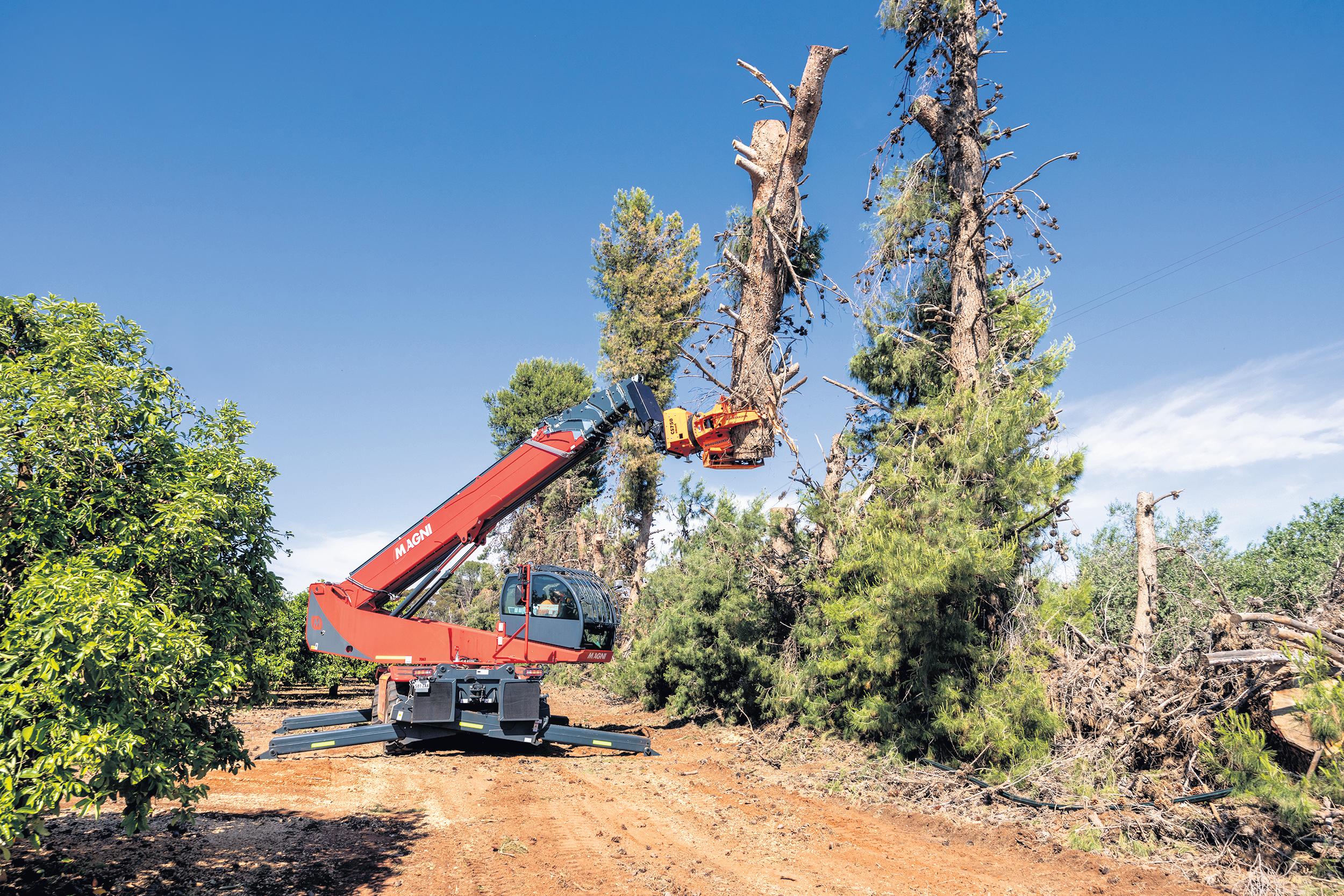

Darryl Lyons probably has the best job title in Australia.
He’s chief rainmaker at the Indigenous biotech start-up Rainstick, which combines traditional knowledge and modern science.
Darryl and co-founder Mic Black have harnessed the power of electricity to sustainably influence plant growth.
Darryl said Rainstick treated seeds with electric frequencies for growers.
“Rainstick aims to mimic the natural effect of lightning and thunderstorms,” he said.
“We’re building a seed treatment machine where we treat seeds — some growers might want more roots, some want more shoots, some in dry areas want better establishment.”
Inspired by the traditions of the Maiawali people of central-west Queensland, Rainstick builds on knowledge thousands of years old — the effect of lightning on plant growth.
As global food demand rises and crop yields decline due to rising temperatures and other climate impacts, Rainstick wants to offer a chemical-free option to growers.
Darryl, whose family has a farming history, said the idea was prompted by a conversation with Mic about

electro-culture.
Rainstick’s process aims to supercharge plant growth without using chemicals.
Electric fields can influence how plants grow and adapt to their environment, with Traditional Owners and farmers noticing plants grow better after a thunderstorm.
Darryl said he and Mic were working with the CSIRO and universities to validate hypotheses on why this might be.
Initially working out of Mic’s garage, the pair built the technology and discovered “some amazing results” along the way.
“I’ve got a big responsibility as chief rainmaker,” Darryl said.
“I’m driven to make this work ... part of that comes from history. My grandfather lost his farm to drought and my dad was really affected when he got his dream to go back on the farm and he got knocked around by drought.”
Rainstick is starting to run trials with growers interested in the technology.
“We’re focusing on leafy greens, lettuces and Asian greens, tomatoes and canola,” Darryl said. “We’re also building a commercial seed treatment facility where we can treat the seeds.”
OUR PRODUCTS AND SERVICES INCLUDE: AGRONOMY • SEED • CHEMICAL • FERTILISER
At Advanced Ag, we pride ourselves on offering top-notch agronomic services. Our team of 8 experienced agronomists are ready to provide specialized advice on:
• Agronomy
• Nutritional Guidance
• Crop Rotation
• Pest Management
• Disease Management
• Precision Agriculture
Let us help you achieve your farming goals with our comprehensive and personalized agronomic solutions. Contact us today to learn more!


Expanding consumption of oats beyond the usual breakfast bowl of porridge is the aim of a $5.6 million project.
It’s the Food and Beverage Accelerator’s largest research project since its establishment at The University of Queensland, and involves the My PlantCo’s Real Oats brand, which is working to commercialise products including oat rice, noodles and pasta.
Professor Heather Smyth, a flavour chemist and sensory scientist at UQ’s Queensland Alliance for Agriculture and Food Innovation, said there was growing consumer demand for nutritious, plant-based foods made from Australian-grown oats.
“This partnership is a fantastic

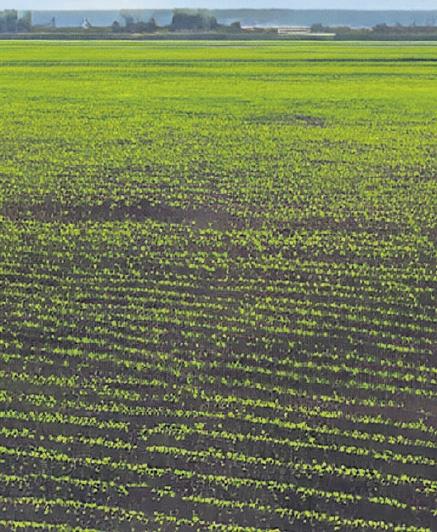
opportunity to push the boundaries of oat-based innovation,” Heather said.
“Using our sensory testing panels, we’ll help develop oat products that are both highly nutritious and genuinely enjoyable new ways for consumers to experience oats at every meal.”
The project will involve a multidisciplinary team to reposition oats as a core ingredient.
FaBA’s Innovation Pathways Program led by Professor Janet McColl-Kennedy from the UQ Business School will undertake market research using more than 25 databases to provide valuable commercial insights.
FaBA Premium Food and Beverage Program and UQ QAAFI researcher Dr Jiahua Shi will oversee technical development, focusing on taste, texture, shelf
life and nutritional integrity.
“Oats are incredibly nutritious and versatile, but current market offerings are limited,” Jiahua said.
“Our goal is to create oat-based products that are high in protein and fibre, naturally healthy, and premium in quality.
“We’re also tackling key challenges like stabilising formulations without artificial additives, replicating familiar textures, and ensuring long shelf life.”
My PlantCo’s Real Oats company wants to disrupt traditional carbohydrate staples such as wheat and rice with oat-based products that have superior nutritional benefits and are higher in protein, fibre, healthy fats and essential vitamins, while also promoting gut health through beta-glucan.



The company says oat rice contains 30 per cent fewer carbohydrates, 10 times more fibre and 60 per cent more protein than white rice, while its supply chain is more sustainable and local, with a lower carbon footprint than many other grains.
My PlantCo founder and CEO Mei Yong said the collaboration would take Australian oat products to the world, “unlocking the full potential of Australian oats”.
“We see Australia as the Silicon Valley of oats — we grow some of the best-quality oats in the world, and we’re sitting on a massive opportunity to lead in value-added innovation,” Mei said.
“We’re not just refining oat products; we’re creating entire new category formats.”

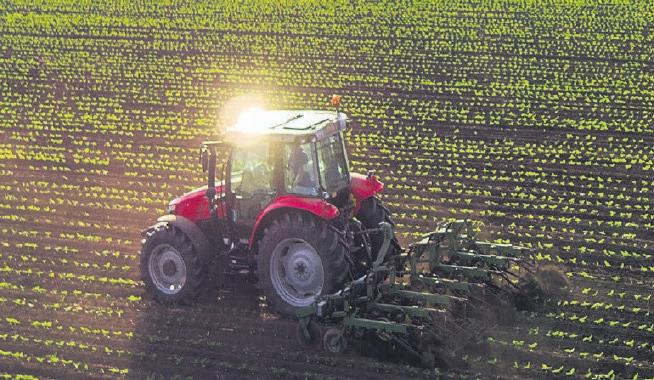
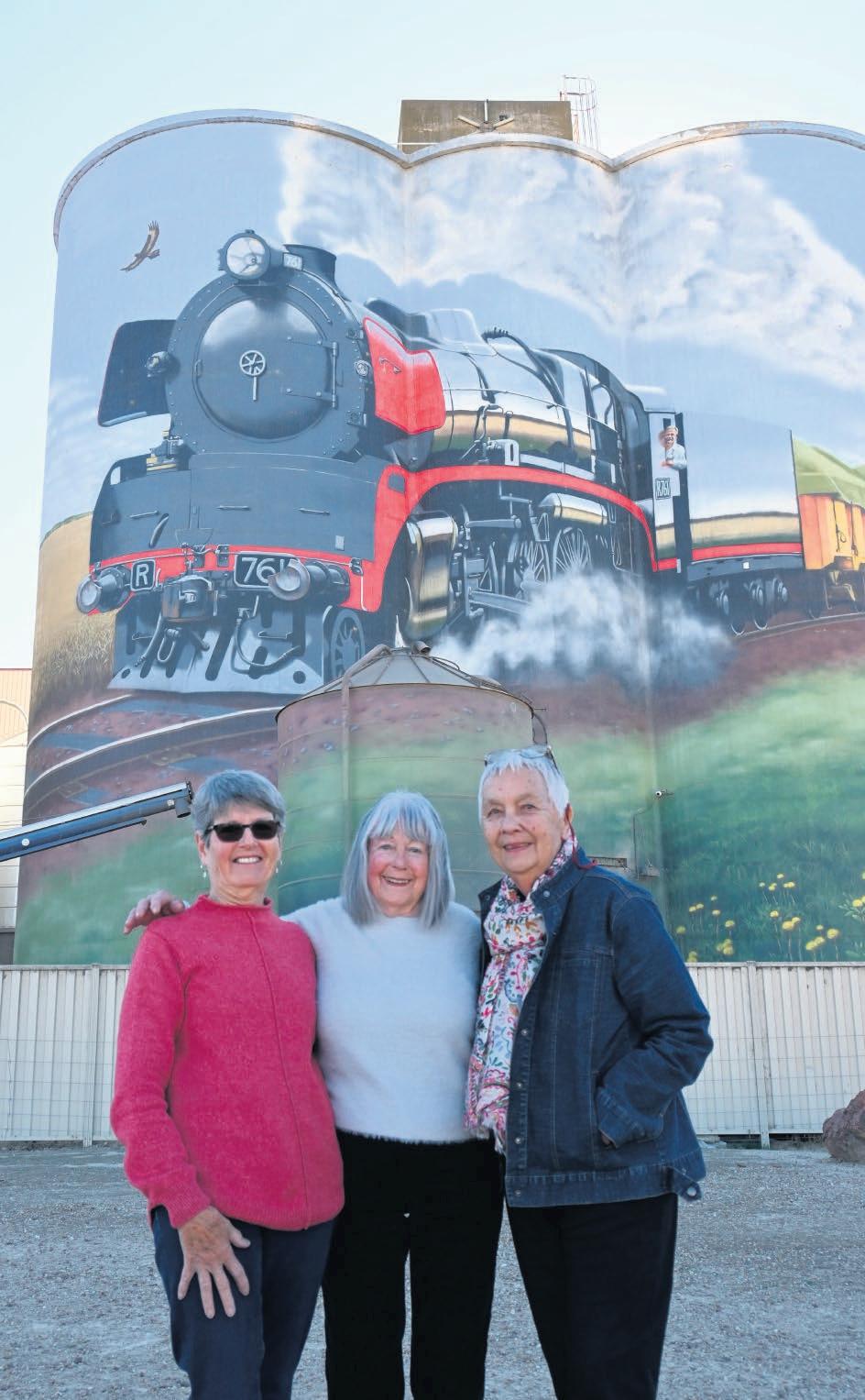
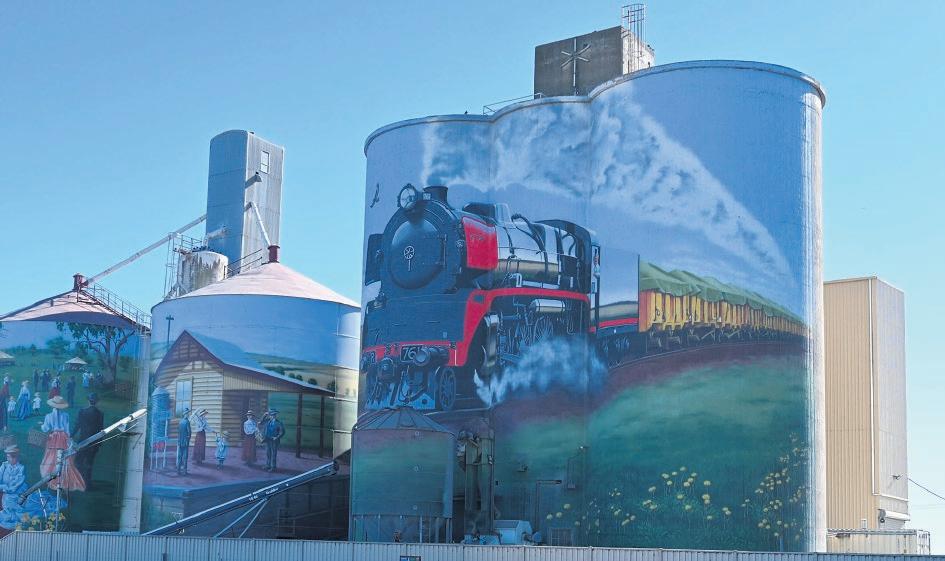
Anyone who has driven through Colbinabbin would remember the colourful silos, but those in the community know one of the real hidden gems is Cornella Care.
It’s a group of local women, established four decades ago, who meet regularly to socialise and fundraise for the local Catholic church.
Cornella Care began almost by chance, as the three local churches came together for mutual funding.
“We decided we were going to have an ecumenical progressive dinner,” founding member Glen Avard said.
“We went to the three courses, hosted by the three different churches in their homes, and we came out of it with a profit of $300 for each guild, but we didn’t have a guild, so we thought well we might make one.
“So after Mass one Sunday we had a meeting and elected a president, secretary and treasurer.”
The group has always been about local support, but it started with one task.
“What we did was catering for funerals,” Glen said.
Founding member and secretary Maree Stewart said the catering was a big help for the family, and one you didn’t realise until it was you.
“When you were the family, you realised how important it was when someone in your own family died, and then you didn’t have to worry about funeral catering, it was fantastic,” she said.
Nowadays, their calendars are filled with a coffee and cake on the first and third Tuesday of every month, a tradition that started when socialising wasn’t as easy.
“In COVID-19, we weren’t seeing each other at church, well, we weren’t seeing people anywhere, and then they brought in, you could have 10 in a public place rule and
not in your home,” Glen said.
“We asked Julie [The Colbinabbin Hotel owner] do you think we could come meet at the hotel, and she said oh yes, no worries, as she does, and so we’ve been doing that for four or five years now.”
Their main fundraising is for the Sacred Heart Catholic Church, with recent projects including installing a handrail, a ramp and a digital projector.
The church is about 10 minutes outside the centre of town, with bush on one side and paddocks as far as the eye can see on the other.
The group has always been about local support, but it started with one task.
“What we did was catering for funerals,” Glen said.
Founding member and secretary Maree Stewart said the catering was a big help for the family, and one you didn’t realise until it was you.
“When you were the family, you realised how important it was when someone in your own family died, and then you didn’t have to worry about funeral catering, it was fantastic,” she said.
Nowadays, their calendars are filled with a coffee and cake on the first and third Tuesday of every month, a tradition that started when socialising wasn’t as easy.
“In COVID-19, we weren’t seeing each other at church, well, we weren’t seeing people anywhere, and then they brought in, you could have 10 in a public place rule and not in your home,” Glen said.
“We asked Julie [The Colbinabbin Hotel owner] do you think we could come meet at the hotel, and she said oh yes, no worries, as she does, and so we’ve been doing that for four or five years now.”
Their main fundraising is for the Sacred Heart Catholic Church, with recent projects including installing a handrail, a ramp and a digital projector.
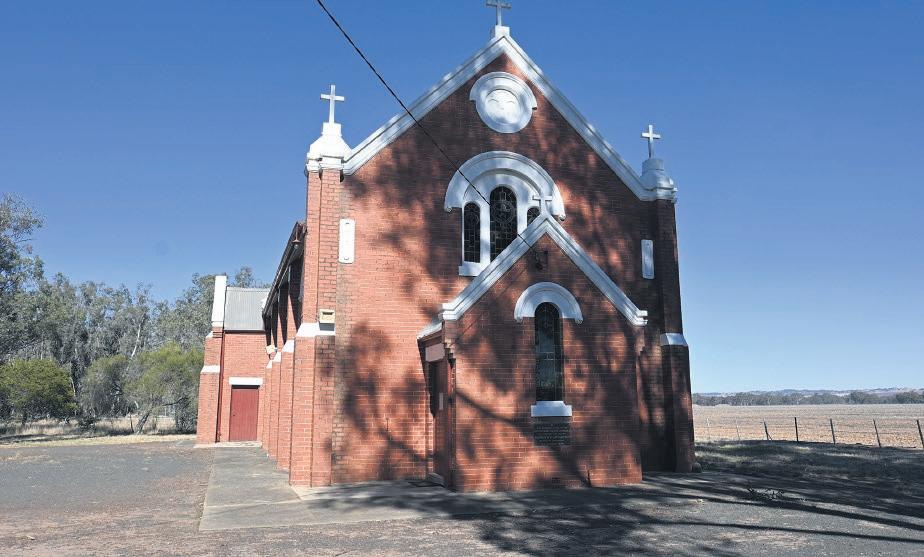
The church is about 10 minutes outside the centre of town, with bush on one side and paddocks as far as the eye can see on the other.
When the group meets at The Colbinabbin Hotel, or as they call it, The Colbo, they are a short walk away from the silo trail.
Maree has a special connection to the silos, with her husband being on the committee when it was first introduced.
“It was painted during a COVID-19 lockdown,” she said.
“It was very secret, and they had lots of input from all the community about what we should put on there, and then
the committee had to decide what to put on there, and they weren’t allowed to tell anyone, and I wasn’t allowed to know.
“The railway line is very important, so that’s why they have that in the centre.”
The left-hand silo shows the Colbo picnic, a feature of the town in the 1920s.
“People came from everywhere to visit it, and my grandparents met at the picnic,” Maree said.
Cornella Care will celebrate its 40th anniversary on Wednesday, November 26.




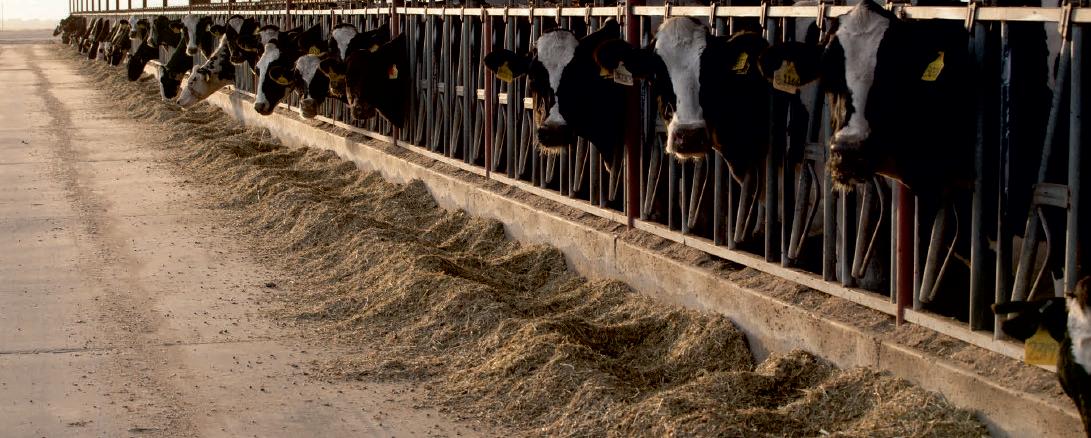



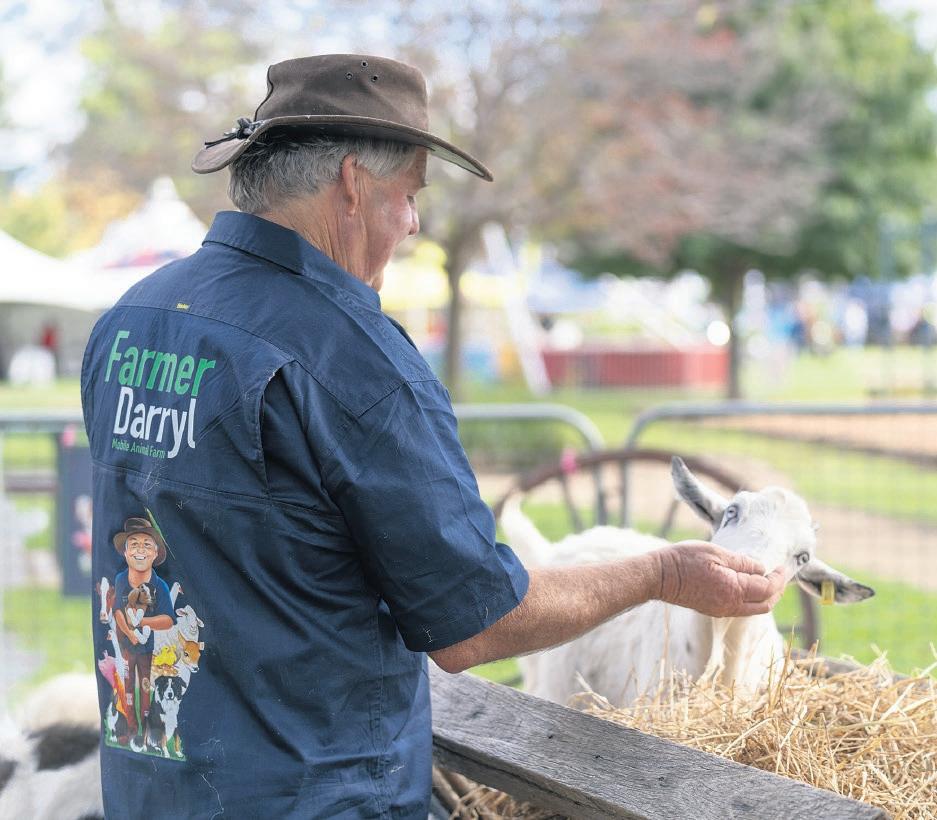
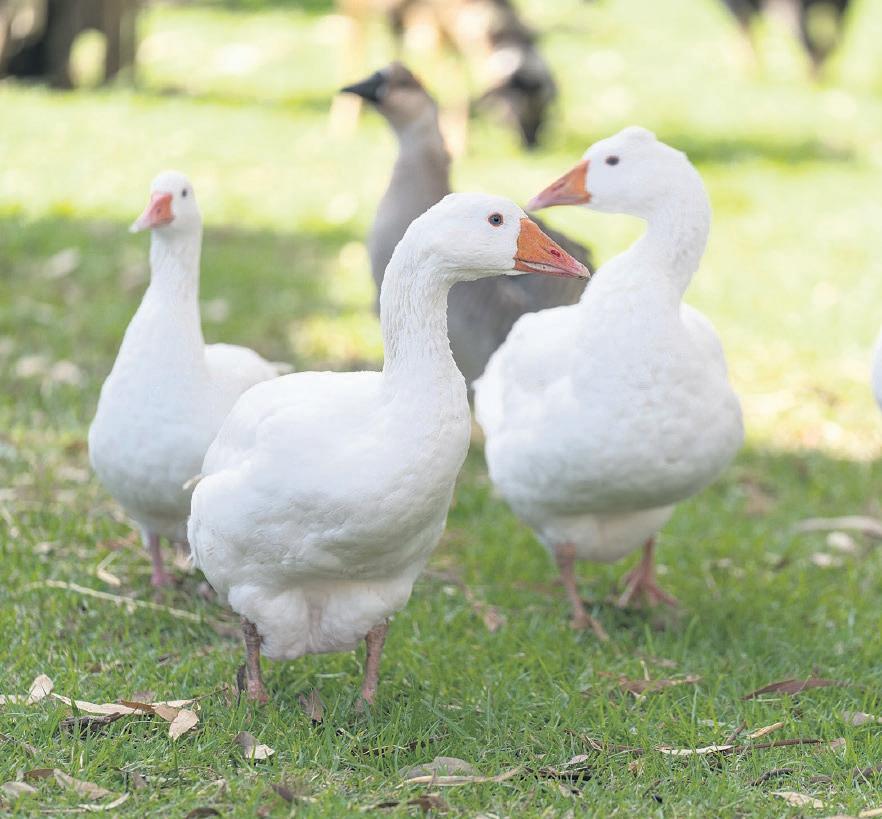
Darryl Sheridan, or as he’s more commonly known, Farmer Darryl, is more than the smiling man with animals-aplenty.
He’s a survivor of a deadly disease.
Darryl grew up on a farm in Donald, 125km north-west of Bendigo, the second of five brothers.
He said he had a challenging childhood, but his mother made sure he and his brothers had everything they could.
“Unfortunately, my father took his own life, when he was 36,” Darryl said.
“He was just struggling a little bit on the farm and, so he left Mum, my oldest brother who was nine, and my youngest brother was six months.
“In saying that, you know, we didn’t really miss out on anything.
“Mum kind of fitted the role of dual parents, she took us to footy, and we played basketball, and we had tennis, and we went to really good schools, and she had a very supportive family.”
It was his childhood farm that gave him the dream of being a farmer.
“When Dad used to bring home orphan calves or orphan lambs, that was my job, I would look after them,” Darryl said.
“I always thought from a young age that I would be a farmer.”
However, his career didn’t start in the paddocks — he worked in a
carpet shop full-time while fulfilling his farming desires in his spare time.
He moved to Kyneton, had a wife and three kids, and then his health took a turn for the worse.
“My wife had just given birth to our third son, I went down to the hospital to pick him up, and then when I got home, I went to bed and I never really got out of bed after that,” Darryl said.
He would later find out that he had meningococcal meningitis.
His symptoms started with a sensitivity to light, swollen legs that left him unable to walk, and blood blisters all over his body.
Darryl’s wife, who was recovering from a caesarian birth, was left to take care of their newborn while he was waiting for a doctor.
He waited two days with his symptoms and when help did come, the paramedic didn’t want to be in Darryl’s room, telling him to get himself onto a stretcher.
Darryl waved goodbye to his wife, twin boys and newborn son, and by 5pm that night, he had fallen into a coma in the hospital.
He was transferred to Bendigo where he was diagnosed with meningitis and his symptoms weren’t waning.
“By that stage, my arms had gone black, and my legs had gone black, so I’d gone septic,” Darryl said.
“When I see adults that have had
meningococcal, they’ve had their limbs amputated, I think my diagnosis was probably so bad, they didn’t expect me to live and didn’t think it was worthwhile cutting my limbs off.
“I was so fortunate that they didn’t do it anyway.”
His family stayed by his side for a week while he struggled through the disease.
When he was discharged he was in intense pain, having a long road to recovery ahead of him, with his first step being learning to walk again.
“My legs were really swollen, and they were full of fluid, so that was fairly difficult,” he said.
He had swelling around his brain and was told to simply take it easy, but with a farm, wife and young boys to take care of, that’s easier said than done.
“I had three months off work, then my sick leave ran out, so then I went back to work, and I started to get my life back in order,” he said.
Then he started Farmer Darryl’s Mobile Animal Zoo.
He didn’t initially plan to start a petting zoo, but he was asked if he could bring his animals to events here and there, and now he’s a staple of field days and agricultural shows across the state.
“I visited the kinder, and I visited the school, and then I started setting up at
the Epsom Market in Bendigo,” Darryl said.
“Bendigo was really the first place that the animal farm took off, and people in Bendigo just really loved it, and they really embraced me.
“Even now, you know, 26 years later, I’m still doing some of those events that I did 26 years ago.”
Although the farm took off, he was still struggling to work with the impact of meningococcal lingering.
He said a lesson he was still learning and that all farmers should know, is to listen to your body when it tells you to slow down.
“Well, there’s been two other instances in my life where, you know, I’ve had serious illness and I haven’t listened to my body, and I’ve thought, because I’m fit and healthy and because I work, it’s not going to happen to me,” he said.
Farmer Darryl said although he had some bad diagnoses, he won’t let anything get in the way of attending his regular events like the Seymour Alternative Farming Expo.
His Kyneton farm is still up and running, having about 42ha of land and 350 animals, including cows, sheep, goats, deers, chickens, ducks, rabbits and guinea pigs.
To learn more about Farmer Darryl, head to: www.farmerdarryl.com







Richard Jefferay has always been mad about vintage vehicles, even doing up a 70-yearold tractor to mow his lawn.
The 1950s Massey Ferguson has no suspension, no cab and a rough old spring under the seat.
“I just put a bit less air in the tyres to make it more comfortable,” Richard said.
The long-time mechanic will want to be pretty comfortable when he drives the same tractor 1200km along bumpy back roads from Bourke, in western NSW, to the outback Queensland town of Birdsville in August.
Richard, from the NSW town of Parkes, will be among nine men making the 11-day trek on old tractors to raise money for the Prostate Cancer Foundation of Australia.
“I couldn’t jog or walk that far, I’m telling you, or climb a mountain or swim across an ocean,” he said.
“But it’s not that hard driving the tractor, you just sit back and pull the
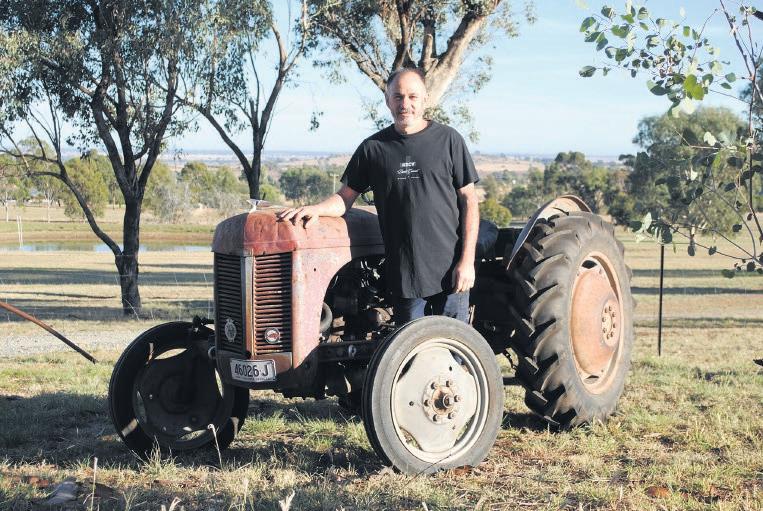
throttle right down.”
Richard and his mates have been trekking to raise money for various health and rural charities over the past decade.
The Bourke-to-Birdsville route will be
"One
their longest journey, having previously ventured from Cobar to Louth, in farwest NSW, and Bourke to Hungerford, in Queensland.
It takes the best part of a day to cover 100km on the tractors — which

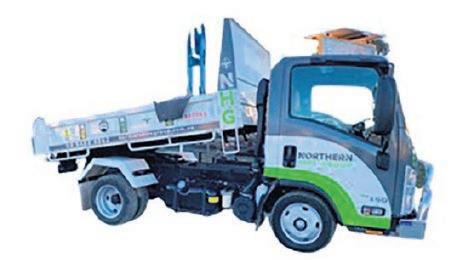



have a top speed of 23km/h — with only AC/DC songs, the odd wild animal and the outback red dust to keep them company.
The men thaw frozen meals on the bonnets of the tractors in the morning and eat from camp oven cook-ups on the side of the road at night.
“There’s no showers, no toilets, no cabins on the tractors — we’re just swagging it,” Richard said.
The spectacle of clapped-out tractors making their way through the bush is aimed at raising awareness among rural men, including the truckies that pass the group.
Prostate cancer is the most commonly identified cancer in Australia, with an estimated one in six men expected to be diagnosed by the age of 85.
“It’s about awareness, for people to talk about it and work out what they have to do,” Richard said. “It’s very easy, you go to your GP for a simple blood test and go from there.”

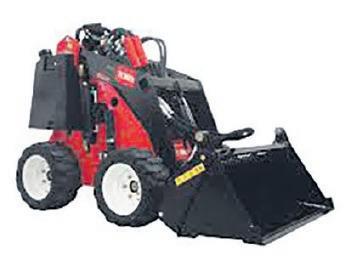


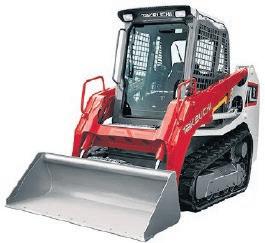
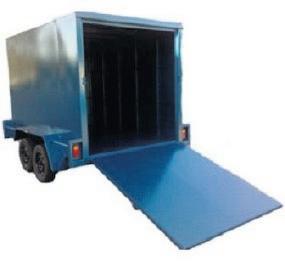

92 per cent of Australian children do not eat enough vegetables, but a Victorian grower has identified ways to change habits.
Third-generation farmer, Catherine Velisha, used a Nuffield scholarship to explore education programs that were helping people to value vegetables and the role they play in health.
Her research focused on grower-led education programs across the globe, analysing programs from the United Kingdom, United States, Ireland and Australia.
As managing director of Velisha Farms in Werribee South, Catherine has developed VEG Education, a registered training organisation which runs curriculum-aligned farm gate programs.
“There is increasing evidence that while the benefits of getting in your five serves of vegetables a day are widely reported and known, people’s daily intakes are not meeting the mark,” Catherine said.
“I’ve come to realise just how vital education is for our industry.
“Through VEG Education and our programs we focus on teaching young people about the benefits of vegetables, aiming to make them a more appealing choice in their diets.”
Catherine and her team host school visits and create teaching resources and content, such as behind-thescenes videos of their farming practices and recipes to show how vegetables are grown and showcase their taste and nutritional value.
“I believe that this educational approach not only fosters a greater appreciation for fresh produce among children but also helps address misconceptions about costs and accessibility.”
Catherine found programs like the National Farm to School Network (NFSN) in the US and LEAF Education in the UK share common themes that are crucial to their success.
These include hands-on learning

experiences, integration into school curricula, use of digital platforms to expand reach, and collaboration between farmers, educators and community organisations.
“By equipping future consumers with
knowledge about food production, I hope to inspire them to make informed choices that lead to increased vegetable consumption and support for local growers like me,” Catherine said.















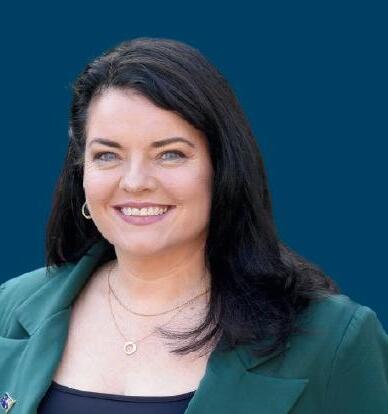




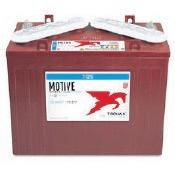
The family behind acclaimed Nagambie winery Tahbilk is enjoying a big year.
As the Purbricks mark their 100th year of ownership of the 165-year-old Tahbilk Estate, they also celebrated a significant achievement by the family’s patriarch.
On January 26, Tahbilk’s current director and former chief executive, Alister Purbrick, was recognised as a Member of the Order of Australia.
Alister, a stalwart of the wine industry, has been a cornerstone of Tahbilk for more than four decades, having served as director since 1980 and as chief executive until 2022.
In 1925, Tahbilk Estate was bought by Alister’s great-grandfather Reginald, who, alongside his son, Alister’s grandfather, Eric, found an instant love for the property.
Decades later, when Alister finished his Year 12 studies, he had a conversation with his family that ultimately transformed the trajectory of his life.

It was during this conversation that Alister decided he would become the first formally trained winemaker in the family, and headed off to Adelaide to study at the former Roseworthy Agricultural College.


In 1977, during the reign of Alister’s father, John, Alister received a call that Tahbilk was suffering due to natural events.
Alister spoke to his father about the fate of Tahbilk, and he recalls his father saying, ‘So, we’re going to have to employ a qualified winemaker; is it going to be you or are we going to employ somebody else?’.
“And then, I thought, ‘Well, I’m going to go back home anyway, ultimately’,”
Alister said.
“So, ‘do I want to inherit someone else’s view or version of whatever the winemaking might be when I come back, or do I want to be part of the change?’.
“Obviously, I decided to be part of the change.”
At the end of the following year, Alister was appointed as general manager, and then as chief executive two years later in 1980.
Alister was initially unsure how he would fit into this new management position.
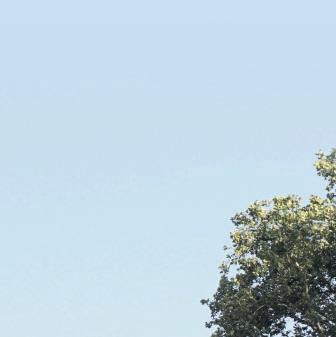
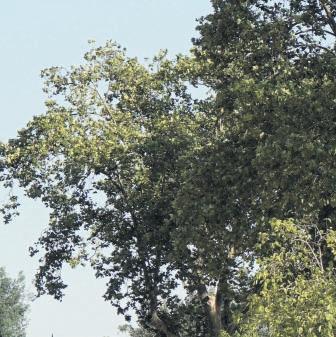
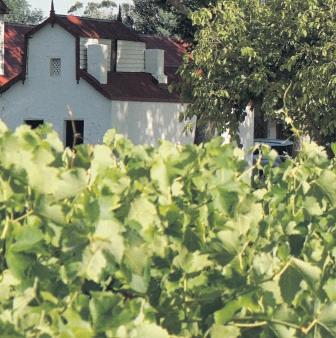
“So winemaking, I was fine with, you know, having three or four years in the industry, that gave me enough experience to do what I had to do here.
“But management, industry experience, I had none of that.”
Alister said that it was his family’s roots in Tahbilk that allowed him to succeed.
“I leant on grandfather Eric a lot in the early days, and we became very close from that.
“If I hadn’t had grandfather here, I wouldn’t have been able to do it. He was a really good mentor to me.”
Over the years, Alister’s contribution to the industry has been instrumental in shaping it into what it has become today.
Some of his many appointments have included Australian Grape and Wine Inc (formally Winemakers’ Federation of Australia) president, Australian Regional Winemakers’ Forum president, Wine Australia (formally Australian Wine and Brandy Corporation) inaugural chair and Australian First Families of Wine.
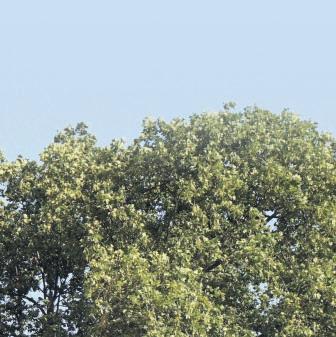



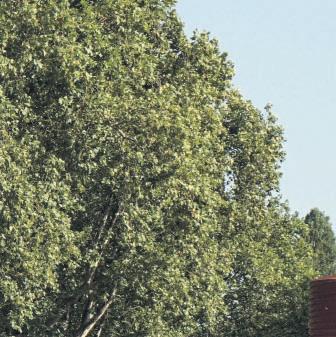

He was also a Strathbogie Shire councillor from 2012 to 2016, and has been a member of the council’s Audit and Risk Committee since 2016.
Alister’s AM sits alongside other acknowledgements such as the Len Evans Award for Australian Wine Industry Leadership, which he received in 2012, as well as the Victorian Legend of the Vine of the Melbourne Royal Wine Awards, awarded to him in 2023.
Alister said he was overwhelmed by the support, and although he never set out to receive such recognition, he feels a sense of contentment that his hard work has been acknowledged.
“Without the expectation there, it’s pretty humbling to receive it.
“Having said that, I’m pretty comfortable with the recognition, because I have put in a lot of hard yards, particularly for the industry, but also around the community.
“And that’s just something I’ve been happy to do, it’s something I enjoy doing, giving back.
“It’s one thing for me to get it, but I know of others, particularly in our industry who are as, if not more, deserving than me, so I think we need to rectify that over the coming years.”
Alister attributes much of his success to the inspiration and guidance he received from others in the industry, highlighting the power of mentorship.

“Everyone should consider having at least one mentor in their life, someone they really respect, who’s knowledgeable in whatever area it is that you need them to be knowledgeable in.

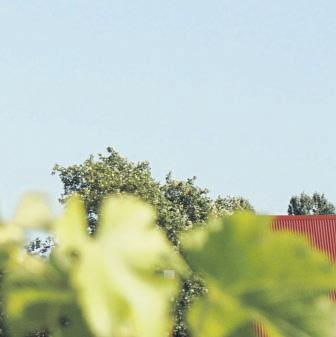




“It’s having the discussion, they share their knowledge and expertise, and then it’s up to you to make the decision of what you want to do.”
With Tahbilk coming into its 100th year of Purbrick family ownership, and Alister doing his best to retire from a business that is heavily embedded in his life, he says he hopes the future of Tahbilk entwines directly with that of his family’s.
“It’s not just important to me, it’s important to my brother and sister, who are directors but don’t work within the business.
“We are all of like mind; Tahbilk is part of the family fabric.
“The Purbrick family without Tahbilk, or Tahbilk without the Purbrick family, it just doesn’t make sense.
“We’re stronger together.”















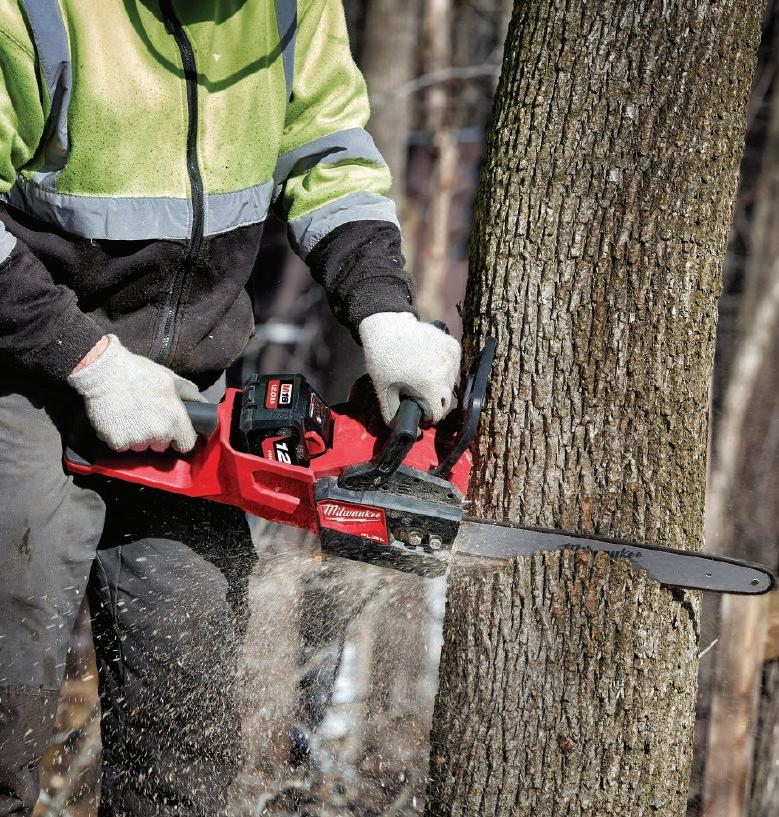













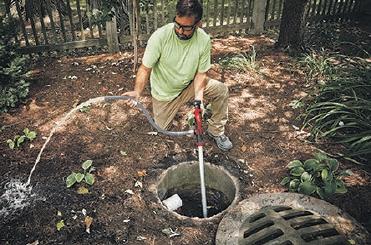

Asmoke sensor that has the potential to save hundreds of millions of dollars in lost production is being rolled out across the wine industry.
Wine Industry Smoke Detectors, colloquially known as ‘wizards’, were developed by La Trobe University researchers.
They track smoke events like bushfires and burn-offs around vineyards and advise winegrowers whether it is likely to taint their grapes and if they need to discard their season’s harvest, or use winemaking techniques to remove the taint.
Data taken during trials of the sensor through the 2020 bushfires that devastated wine regions across the east coast found that $100 million to $150 million worth of grapes were needlessly discarded over unfounded concerns they were tainted by smoke.
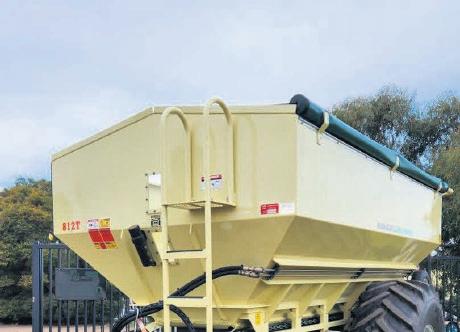
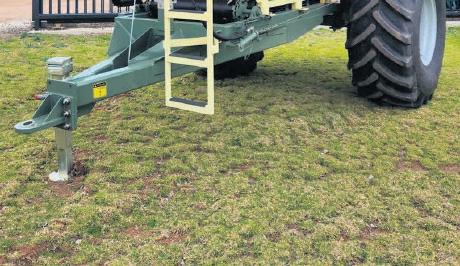
Professor Ian Porter leads the team that developed the WISDs, and said vineyard trials found smoke did not taint wine grapes as much as viticulturists believed.
“Growers think that all smoke causes smoke taint, but data collected by our team has for the first time globally linked the amount of fresh smoke needed in vineyards to smoke taint in the bottle,” Ian said.
“This sensor has the potential to save a heap of grapes they would usually throw away, which can be financially and emotionally devastating for winegrowers.”
Operating like the networks that monitor air quality for human health, the data loggers calculate risk ratings for smoke taint drawn from a vast database of smoke, grapes and wine data collected during more than 70 controlled burns and eight major bushfires.
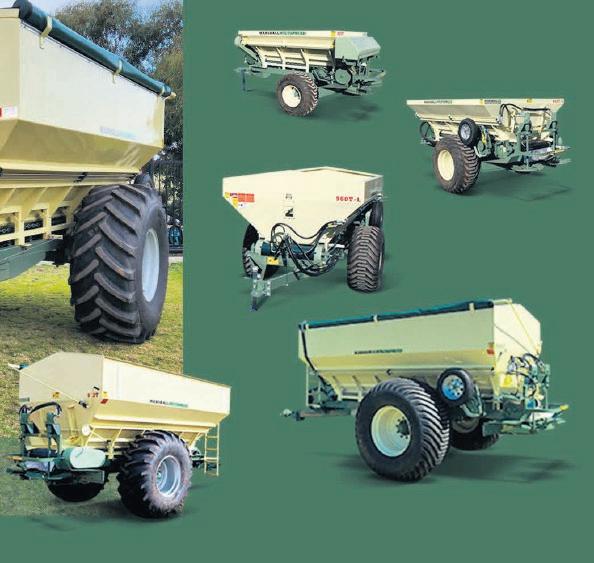




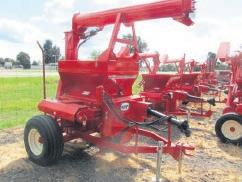
This knowledge links smoke dose to smoke composition, phenol levels in grapes and wine and their sensory outcomes in wines. It also incorporates the critical risk factors for smoke taint, including burn conditions, distance from the burn, grapevine variety and the timing of exposure during the season.
The data is used to calculate a risk rating, which is sent to vineyard managers in real time via a mobile phone app and can also be accessed via a dedicated website.
Ian said the WISD was an extremely valuable tool to use during any smoke event to determine whether there is a problem or not.
“Having results in real time greatly reduces stress for growers and winemakers and allows them to market their grapes and produce wine with confidence.”

The versatile range of trailing spreaders for all types of granular fertilizers and seeds as well as heavy rates of gypsum, lime, compost and manures.
2.5 Tonne to 16 Tonne models available including narrow-track orchard model with side spread option
Available with i4M Variable Rate Controller, Weighing Systems, 3 Metre Axle & wheel options - Spare Parts and Workshop Service and Repairs available -

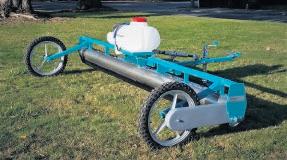
14 & BIO 20



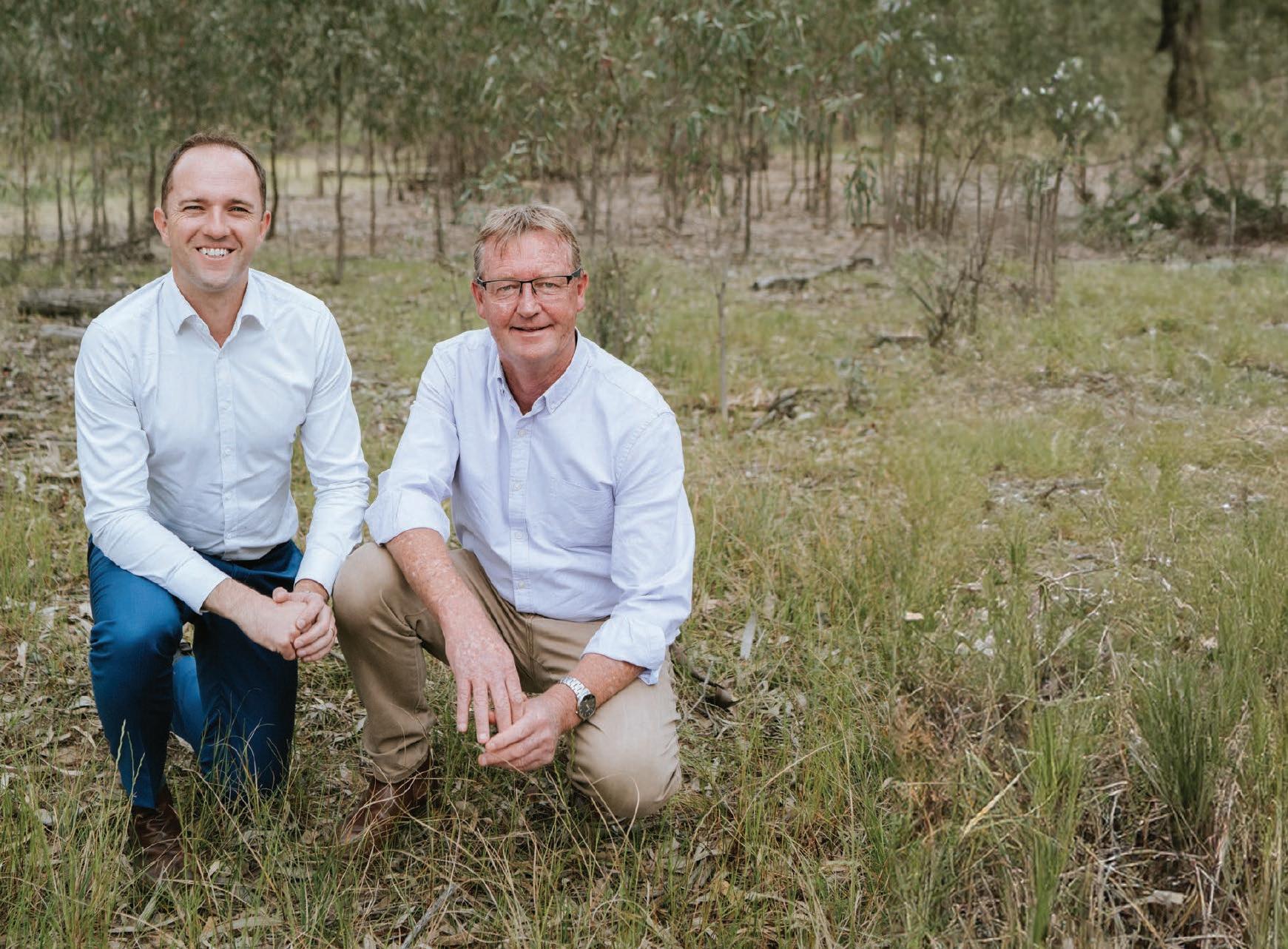
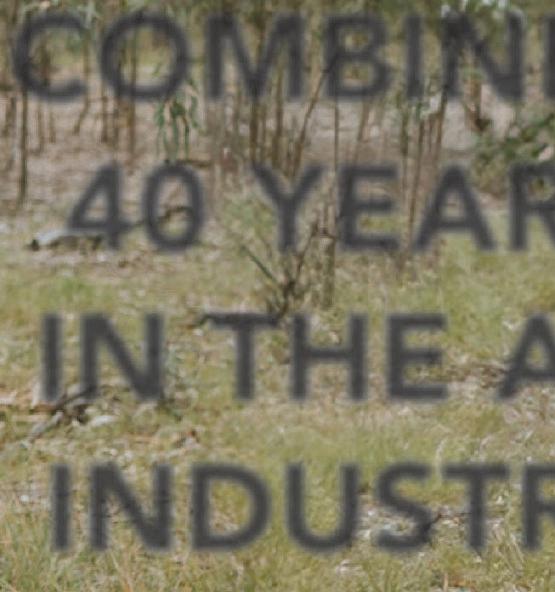
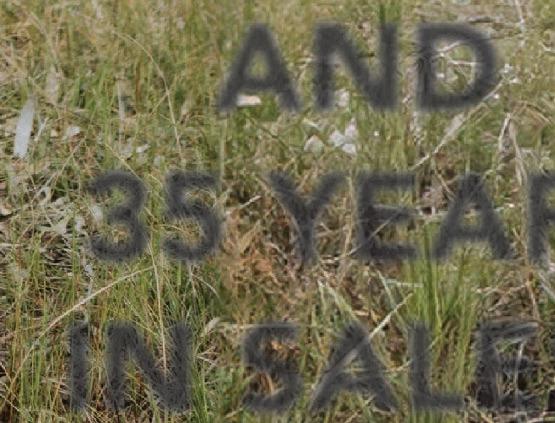


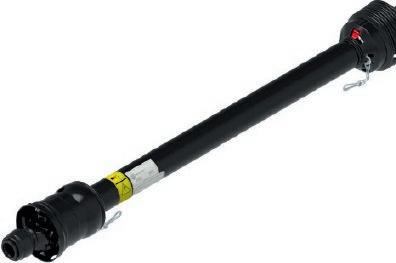






Aresearch project by the Dairy UP team aims to reduce the water content of cow’s milk and increase the concentration of milk solids.
If successful, the research could lead to a more environmentallysustainable product and reduced transport and processing costs.
The Dairy UP team is exploring ways to influence lactose production to reduce the amount of water in milk, while maintaining production of milk solids.
Project lead Juan Gargiulo said lactose played a key role in determining milk’s water content.
“We’re investigating the theory that those cows that produce less lactose would produce milk with less water and higher concentrations of solids,” Juan said.

could be opportunities to improve milk production efficiency by enhancing milk composition and reducing water content,” he said.
The research shows that stage of lactation has a strong impact on lactose output, peaking in early lactation and decreasing as the lactation continues, and that hot, humid weather negatively affects yield of milk, lactose and milk solids, but did not affect lactose percentage or other milk components.
Holsteins had the highest lactose yields, while Jerseys had the lowest lactose yields and produced more milk solids per unit of lactose.

“As milk is 87 per cent water, producing milk with less water is an opportunity for the dairy industry to improve its carbon footprint, reduce energy costs and improve water use efficiency.”









The project builds on earlier work in California led by Dairy UP collaborator Russ Hovey that demonstrated it was possible to reduce the lactose in milk production without negatively affecting total milk solids output.
It is an international collaboration, with Australian Dairy UP researchers investigating factors that influence lactose secretion in the cow, and University of California researchers aiming to better understand lactose synthesis and how it is regulated.
The Australian researchers are looking at the influence of milk composition, genetics and environmental conditions by analysing millions of records from Dairy UP monitor farms, NSW herd test results and DataGene’s Central Data Repository.
Results to date show significant variations across breeds, lactation stages, number of calvings and seasonal conditions.
“WE’RE INVESTIGATING THE THEORY THAT THOSE COWS THAT PRODUCE LESS LACTOSE WOULD PRODUCE MILK WITH LESS WATER AND HIGHER CONCENTRATIONS OF SOLIDS”
–
Juan Gargiulo
Juan said the findings highlighted the potential for selective breeding for cows that produce less lactose, more milk solids and less milk volume.
“Lactose production could potentially be influenced through genetics, nutrition or other interventions,” he said.
The findings also highlight the potential to develop management strategies to influence lactose production and enhance the milk production efficiency of cows.
“The ability to influence lactose production has broad implications for improving the cow’s energy balance, reproduction, milking persistency, genetics, milk quality and animal welfare,” Juan said.


Juan said Dairy UP’s research had identified cows that consistently produced milk with reduced lactose content or yield while maintaining similar fat and protein levels.
“These findings indicate there
The research is continuing with an in-depth analysis of cows that have shown reduced lactose production and milk volume and higher milk solids.
For more information, visit: www.dairyup.com.au


Experience the performance and ef ciency of the 660hp 15L PACCAR PX-15 engine and the driveability and superior safety of its groundbreaking cab design. Start the future with the all-new DAF XG and XG+, rede ning the future for long-haul on Australian roads. DAF.COM.AU/XG


















Kenworth Trucks work harder for longer. Each truck is purpose designed for its intended task, like the T909 where fuel capacity and front axle weights are critical and the T610SAR with its classic styling is as tough as it is durable. All Kenworth models are manufactured to exacting specifications with uncompromising quality at the world class production plant in the Melbourne suburb of Bayswater.
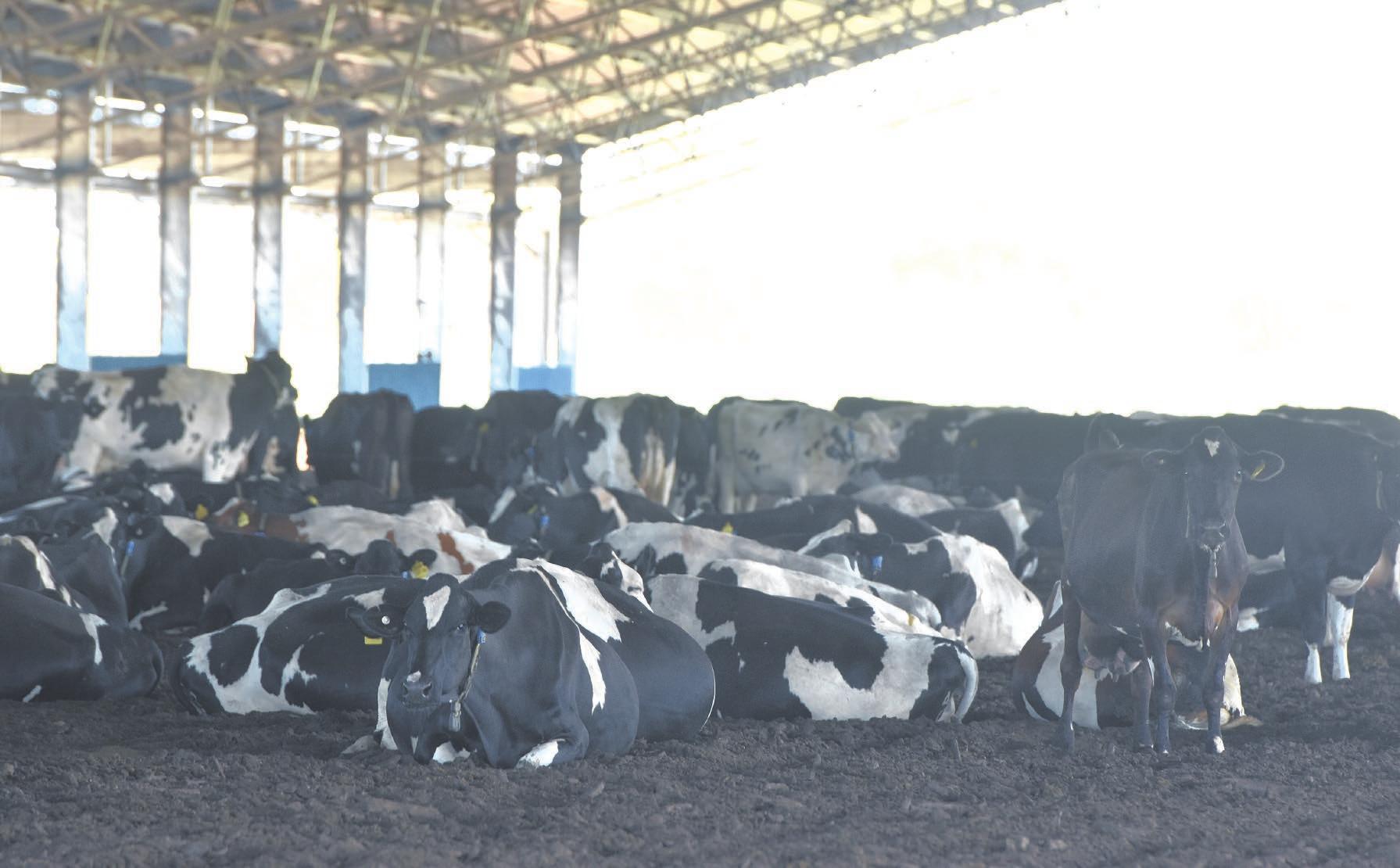
Eight years ago, former shearers Sherrie and Reagan Hamilton decided to rear a few calves on an ex-dairy farm they had purchased at Wakool.
They started with just 10 cows.
Having some excess milk, they put in a call to Murray Goulburn, who at the time said they would pick up them up if they had more than 500 litres.
“We decided to buy a few more cows, and then we calved down 60, and that is where it all started for us really,” Sherrie said.
Over the ensuring years, they have moved farms a couple of times, and are now milking 700 with a plan to hit 900 in the future.
Sherrie said their progress had just evolved as they had made the most of any opportunities that came their way.
“To be honest, I can’t believe where we are and we wouldn’t have half of what we had now, if we hadn’t of made a start in the dairy industry, but that’s not to say it’s not stressful because it is, and it is also a lot of hard work,” Sherrie said.
The herd size soon grew to 200, and because the cows outgrew the infrastructure, they decided to buy a

farm at Tullakool that had a better dairy — a 44-unit rotary.
“We then grew the herd again to around 350 and we were looking at building a feed pad, but the cost came in at around $1.5 million, so we decided it was better value to buy another farm down the road that already had a rotary and feed pad — that was in 2021.
“We wouldn’t have have got as far as
we have if we had of started all this on a greenfield site,” Sherrie said.
Throughout their entire journey, they continued to supply Murray Goulburn who then turned into Saputo after the milk price crash in 2015.
“Their growth incentive has been very good for us because we have been basically growing production every year since we started, and
we haven’t had any reason to move processors,” Sherrie said.
Since purchasing the farm, the couple has put in an additional 25,000 litre vat, installed cup removers, concreted from the dairy to the feed lane and built a 45m x 200m barn.
In the future, they hope to build a maternity barn and maybe buy some more land.
“I want a dedicated maternity area to give the girls the best possible start, and the price of land around here is reasonable, which creates an opportunity for us to expand down the track,” Sherrie said.
“If we lived in a high rainfall area, land would be way more expensive and out of our reach.”
Sherrie acknowledges lack of rainfall is a risk, but the risk is mitigated to some degree by access to good quality bore water and irrigation.
The farm also has two centre pivots which are used to grow wheat and barley.
“As part of our risk mitigation, we like to have two years’ worth of feed ahead, and when there is affordable water and favourable conditions, we grow as much as we possibly can
and store hay and silage,” Sherrie said.
For the last couple of years, cheap temporary water prices have enabled them to grow rice for additional income and they rear all of their calves and run a beef herd of about 130 to 140 head.
They usually sell all their steers once they reach a certain weight.
“We have a river block where we take all the calves so they are off the home farm,” Sherrie said.
The home farm is 607ha and they also lease a further 400ha.
Sherrie runs the dairy side of things, while Reagan grows the crops and does the irrigation.
They can step into each other’s lanes of they have to, but Sherrie reckons it works well having their own roles.
The herd is a bit of a mixed bag consisting of Holsteins, Jersey and crossbreeds.
Cows are calved every day of the year to keep a flat milk supply and collars help with health and fertility.
“I am not into breeding at all, and I am not fussed where our milk comes from, as long as we get it,” Sherrie said.
“We use sexed semen and all our cows get two goes at AI, or if they are older cows, we usually join them straight to beef.
“We use World Wide Sires and they tell me what bulls we should join to and I tell them when the semen is too expensive,” she laughed.
They breed mostly for good udders, longevity and polled animals.
“We aim to get our cows in-calf at around 100 days.”
Staffing is always an issue, and while they have been down the backpacker route, they are looking toward employing more permanent staff.
Sherrie has had a permanent Filipino working for the last eight months and has applied for three Kenyan workers, the first one has already arrived.
“The problem with backpackers is spending time teaching them and then they leave, now with a more permanent staff, we won’t have to do that in the future.”
Sherrie said while getting to where they have could be largely attributed to hard work, it had also been made easier by their trusted financial adviser/ agronomist/bookkeeper, who is part of every major decision they have made.
“He has been instrumental in finding opportunities and guiding us forward and we have been lucky with the timing of our buying and selling.
“We make the hard calls, and I am not afraid to make a change if we have
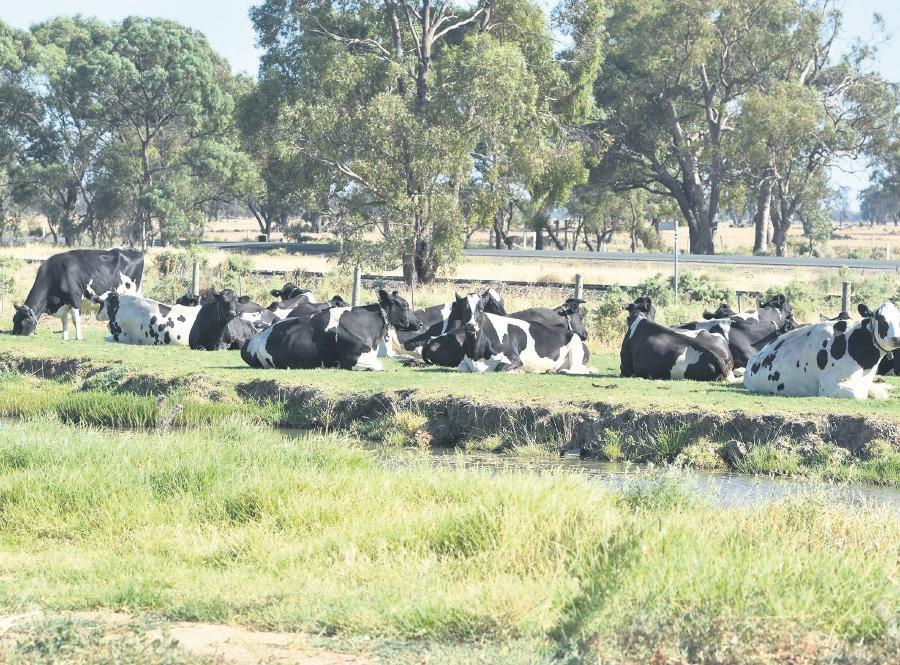
With a year-round calving pattern, there is always a herd of dry cows on the farm somewhere.
to — one bank told us they wouldn’t finance our last farm purchase, so I just rang another bank and we had no trouble.”
In the future, Sherrie hopes to get the herd up to around 900 cows, employ some more permanent staff
and eventually milk three times a day.
“We have three boys — Jye, Thomas and Mason — and I want to have a sustainable farming business they can take over if they want to, but they will have to go off and do something else first.”

Australia’s Murray team is part of your local dairy community. We work with farmers to support your needs by connecting you with the right experts and services. For one-to-one support, connect with your local team on 03 4811 6008 or visit dairyaustralia.com.au for resources.

Lifeas a dairy farmer can lead you down many roads, but sometimes they can lead you back.
And for Rob Campbell and his partner Jo Harper, that road has led them back to northern Victoria and a 45ha farm at Leitchville.
The couple had been sharefarming a property and milking 300 cows in Carpendeit in south-west Victoria, but together, decided it was time to reduce their commitment and downsize their operation to a more sustainable size.
“We decided to prioritise our health and cut back our workload after Jo hurt her back,” Rob said.
“We were getting sick of milking all the time, useless labour and running an operation that gave us no time off — ultimately, we hope to milk about 75 cows and calve once a year.
“It is essential we operate a oneperson system as I am also planning working off-farm driving trucks and excavators.”
Currently, the couple is milking 108 cows – a mixed herd of Holsteins, cross-breeds and a few Brown Swiss in a 13-a-side swingover.
“I would have a whole herd of Brown Swiss if I could,” Jo laughed.
The dairy had been gutted when the family moved up in January, and Rob has spent the last few months
rebuilding it from the ground up.
He has been able to source most of the materials second-hand, excluding the vat and milk pump which they brought with them.
“There is second hand dairy stuff everywhere if you know where to look. I reckon I have spent about $70,000 rebuilding the dairy and we have kept that as simple as possible as well.
“I hope to have the other side up and running pretty soon, and once that happens we will milk the cows in no time.”
Rob said when it came time to purchase a farm, there were a few things they had to take into consideration, including size and cost.
“We didn’t want to take on too much debt and the whole idea was to downsize and do things a bit easier.”
Part of that downsizing besides reducing the milking herd even further is to move calving to once a year so they can take some time away from the shed.
“We also want to be self-sufficient and grow most of our own feed,” Rob said.
“Controlling inputs and costs is the best way forward for us because we certainly can’t control the milk price, but we can control our costs and keeping them low will be the key.”
It had been many years since the
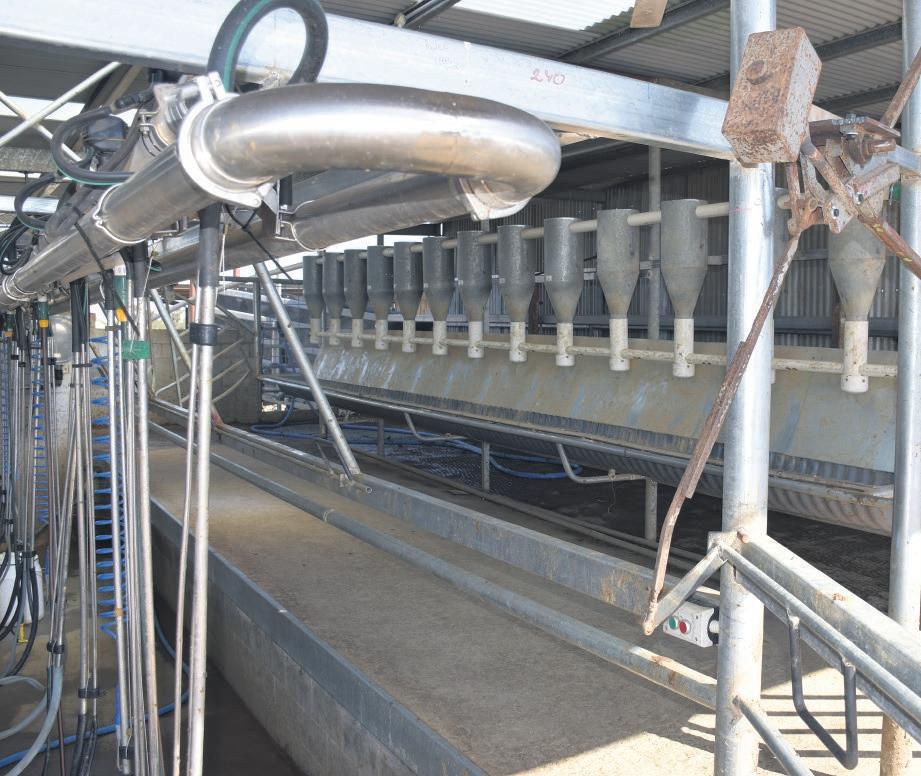
Leitchville farm had been a working dairy, so the couple have had to fix channels, re-fence and sow down pastures which has included some millet and sorghum for quick feed, lucerne and other species including sub, plantain, chicory and zoom.
“We are looking at mixed species plantings and regen agriculture. High input costs are pushing farmers into changing the way they do things.
“We stopped using phosphorus fertiliser, and it was interesting to see the improvement we experienced in foot health.
“Actually, I am expecting the overall health of our herd to improve with the move up here.
“For six months of the year it’s cloudy and overcast at Carpendeit, which is no good for anyone, the climate is much better in northern Victoria.”
For herd health, Rob uses the Cow Manager program by World Wide Sires which he finds cost effective and affordable.
This system measures ear temperature combined with behaviour to accurately measure herd health, fertility and nutrition.
“The good thing about this program is you only pay for what we use, which for us is fertility and health.
“You can turn things on and off as
needed, and you just attach the sensor to the NLIS ear tag.”
The couple uses conventional semen as Rob breeds his cows for longevity and prioritises in calf rates.
“I have a few old girls in the herd, and we don’t need too many replacements at the moment, but that might be different when we start calving once a year,” Rob said.
Growing up on a dairy farm has led Rob down many roads and to many places and different experiences, which even included a stint on the UDV policy council.
“The dairy industry needs a state membership organisation as part of the structure of ADF [Australian Dairy Farmers],” he said.
“We need ADF because there is a lot of industry pressure from overseas and domestic red tape and someone also needs to monitor Dairy Australia — it is essential we have the right people in these roles to be effective, though.”
Looking to the future of his own operation, Rob is hoping to lease some additional land down the track to improve self-sufficiency and grow more fodder.
“It’s good to be back in northern Victoria and I am looking forward to seeing what we can grow our business into,” he said.
Moyhu dairy farmer Leah Garnett has reviewed strategies for reducing emissions in Australian dairy farming, a rapidly evolving area of research with significant implications for the industry’s sustainability and competitiveness.
Leah co-manages a 320-cow dryland farm with her partner, Joel Hourigan, in partnership with Joel’s parents, who run a separate 400-cow dairy farm in nearby Milawa.
While managing the demands of dairy farming, Leah completed a Master’s degree through the University of New England.
“My project was on methods of abating greenhouse gas emissions

from Australian dairy farms.”
Leah explored the potential for dairy farms to reduce greenhouse gas emissions, particularly enteric methane, which accounts for a significant share of emissions.
She highlighted some promising strategies, such as dietary adjustments to reduce methane by up to 50 per cent and methods to lower greenhouse gas emissions from fertilisers and effluent.
However, Leah emphasised the economic barriers to adoption.
“Many abatement options aren’t yet cost-effective for farmers,” she said.
“To achieve widespread implementation, we need more research investment, particularly to
refine these strategies for grazing systems and ensure they’re practical and economical on the ground.”
Becoming a dairy farmer was a life-changing decision for Leah, who relocated from Darwin to Moyhu in 2020 with Joel and their two young daughters.
She brought with her a strong background in agricultural extension, which continues to influence her approach to farming.
“We aim to grow as much highquality pasture as possible, efficiently and sustainably, while prioritising the health of our cows and family,” Leah said.
Her report was published in the CSIRO journal, Animal Production Science
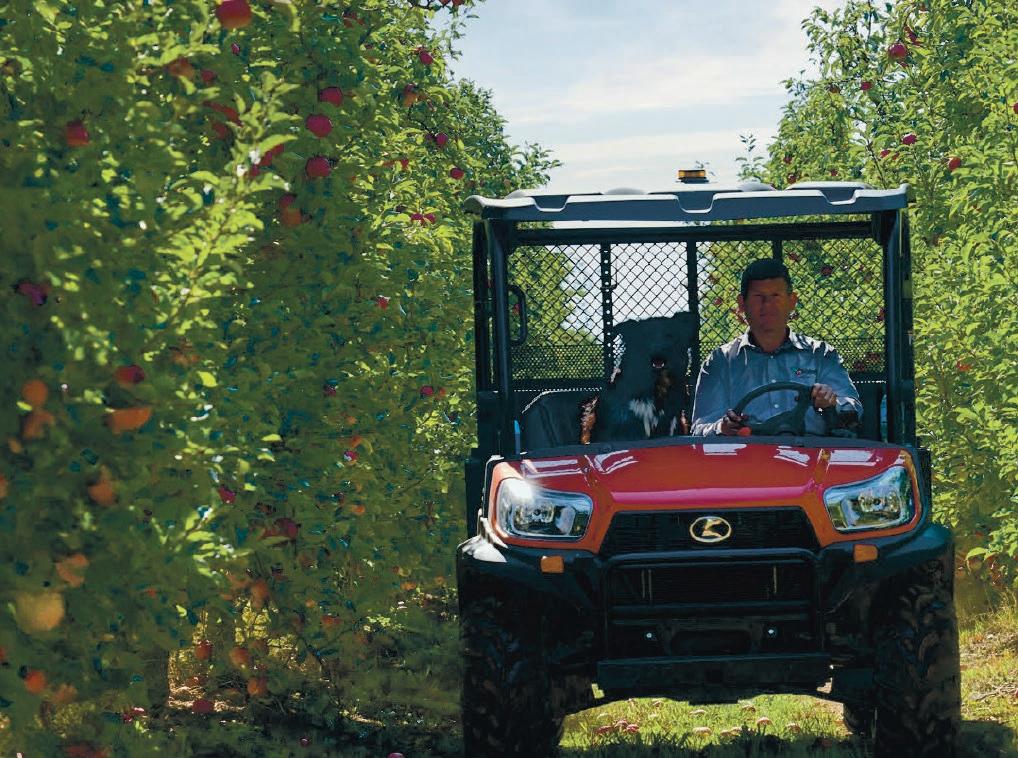
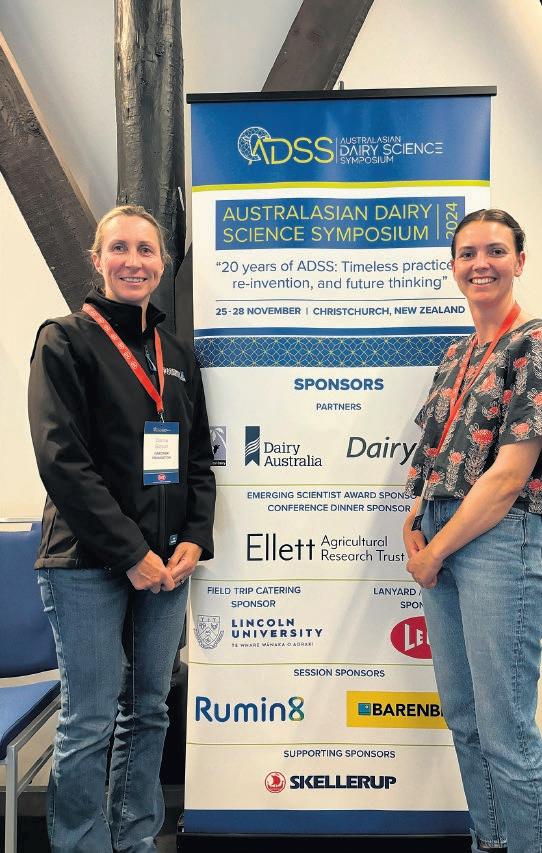
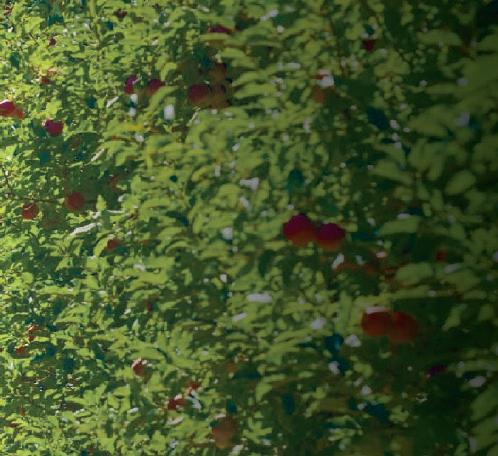


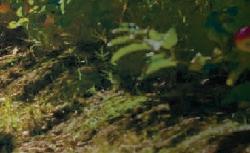

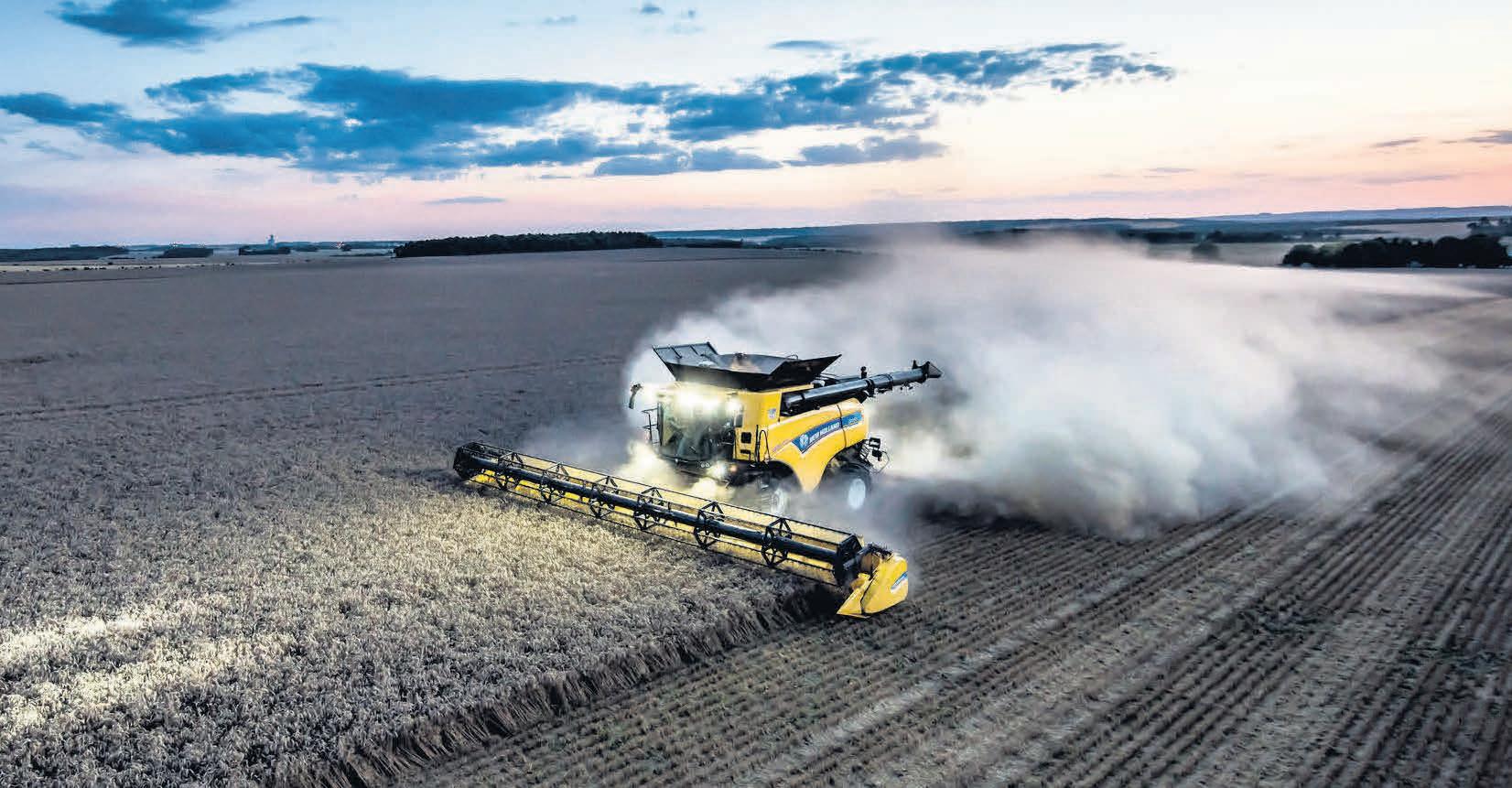
At Rural Group, we know that the success of your season depends on the strength and reliability of your equipment. That’s why we’re committed to supporting Australian farmers with high-performance machinery and expert, local service. From the first pass to the final load, we’re by your side to help deliver a smooth, productive harvest - year after year.
The New Holland CR series represents the cutting edge of harvesting technology—built to thrive in demanding Australian conditions and engineered to maximise output when it matters most.
Why CR Combines?
Exceptional Capacity: Engineered for high-yielding crops and long days, allowing you to cover more acres faster.
Superior Grain Quality: The gentle threshing and separation process results in a cleaner, higher-quality grain sample with minimal losses.
Fuel Efficiency: Designed to deliver maximum power while optimizing fuel consumption, keeping your operational costs down.


Operator Comfort & Control: The advanced Harvest Suite™ Ultra cab offers a quiet, spacious and ergonomic environment, packed with intuitive controls and intelligent automation systems like IntelliSense™ and IntelliSteer® for effortless operation.





Rural Group is proud to welcome Davimac Chaser Bins to our line-up of leading agricultural brands. Australian-owned and manufactured, Davimac brings decades of experience in building tough, reliable grain handling solutions tailored to local conditions. These bins are built for harvest efficiency, with strong construction, low load heights, and fast unload speeds to keep your headers moving.
Davimac’s commitment to quality and Australian farming aligns perfectly with Rural Group’s values, making them a strong addition to our grain handling range.

From premium machinery to personalised advice and dependable after-sales service, Rural Group is with you every step of the way.
Harvest with confidence — knowing you've got the right equipment and the right team behind you.
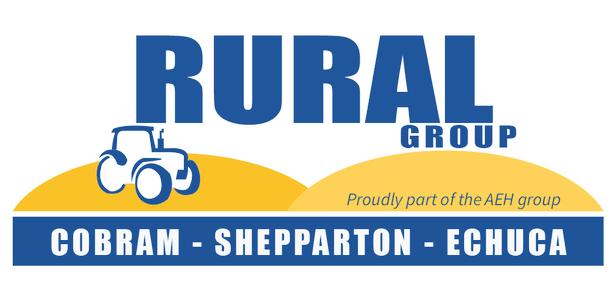
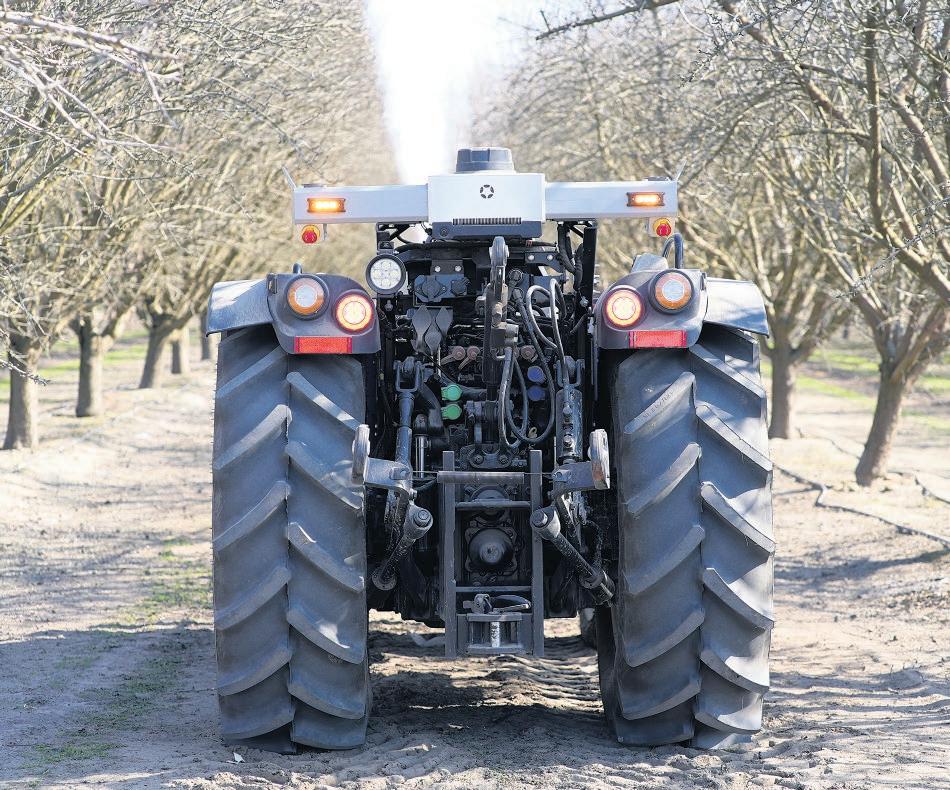
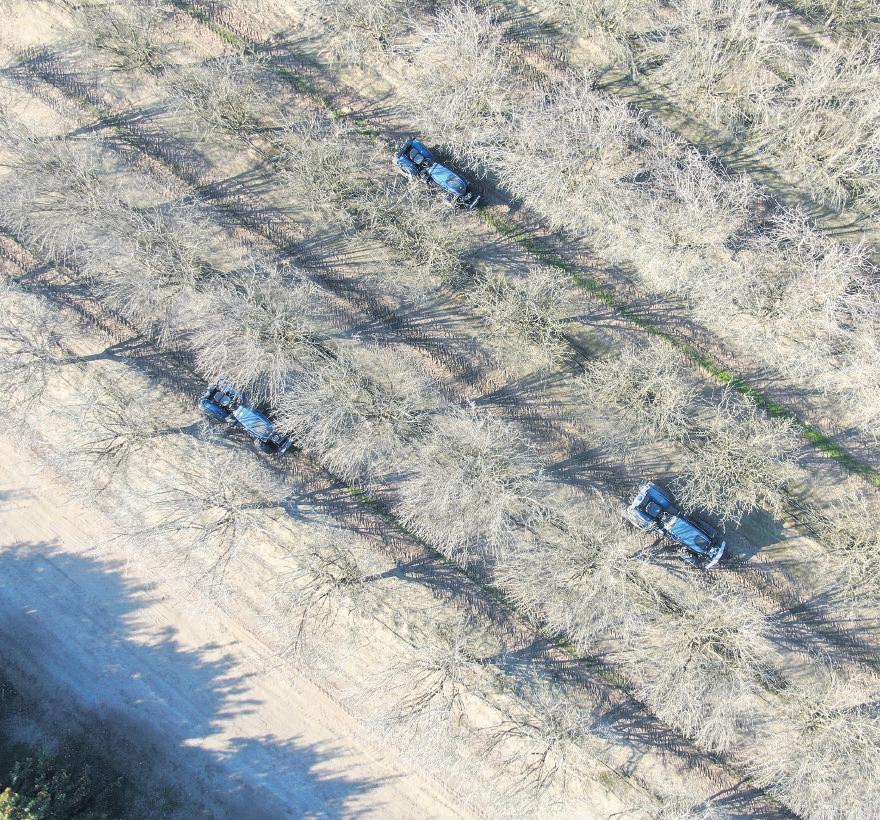
Thehorticulture industry is positioning itself to tackle future opportunities and challenges as the fastest growing sector in Australian agriculture.
“That’s not by accident,” Hort Innovation chair Julie Bird said.
“It’s because of the talent, resilience and adaptability across the value chain — from growers and agronomists to exporters and researchers,” she said.
“But to feed the future, we need to rethink how we grow today. And we need to do it against a complex backdrop.
“Climate volatility, labour shortages, rising input costs and changing consumer expectations — none of us are immune from these pressures.
“But what gives me hope is that the answers aren’t just on the horizon. In many cases, they’re already in our hands.”
Julie said Hort Innovation doesn’t have all the answers yet, but “we do have the unique position to connect the dots”.
“To act as a platform for collaboration. To bring together the best researchers, growers, partners and investors, to solve real problems for the industry, together.
“Whether it’s improving the sweetness of watermelon through better paddock to shelf management,
or empowering growers with fast on-farm biosecurity testing, we’re backing ideas that drive capability, not just activity.”
As part of its $760 million R&D portfolio, Hort Innovation has invested more than $220 million in productivity boosting projects, from automation, AI and on-farm management to data collection and business analysis.
Part of the productivity push involves new technology that has the potential for one grower to operate multiple tractors at once, slashing the labour input costs.
This technology will enable around-the-clock operation with minimal human intervention. With this innovative solution, a single operator can remotely manage and optimise a fleet of tractors from any device — including mobile, desktop or tablet
The research promises revolutionary change in Australia’s almond, macadamia and pistachio industries and beyond.
Partnering with United States ag-tech leader, Bluewhite, the project will bring cutting-edge technology that retrofits existing tractors, converting them into fully autonomous machines, to the Australian horticulture sector.
Leveraging advanced AI technology, this multi-year project will seek to
accelerate the adoption of precision autonomy in Australia’s nut industry and automate labour-intensive farming operations. Overall, it will aim to boost productivity and reduce reliance on manual labour across the sector.
With the potential to scale to other industries in the long term, this technology could help to boost productivity across the entire horticulture industry.
Hort Innovation chief executive officer Brett Fifield said this project will offer a scalable, long-term solution to recurring challenges Australian growers are facing, especially labour shortages.
“The technology we will be trialing in this project is already being used successfully by some of the largest nut, citrus and vineyard operations in the United States, delivering higher productivity, improved crop consistency and reduced exposure to human error and fatigue,” Brett said.
The AI-driven platform also enables real-time data collection and analysis, allowing growers to make informed, data-driven decisions about their crops.
In addition to operational gains, the autonomous system enhances worker safety by limiting human exposure to hazardous tasks, chemicals and extreme heat — major risk factors in orchard operations.
Horticulture Innovation Australia (Hort Innovation) is a not-forprofit, grower-owned research and development corporation for Australia’s $17 billion horticulture industry. It invests around $154 million in research and development and marketing programs annually to provide benefit to the 37 industry levies it supports and the wider community. Key industry insights revealed at this year’s Hort Connections conference include:
• Grocery consumption is ahead of population growth with sales up 5.2 per cent, volume up 6.3 per cent, and population growth up 1.8 per cent (ABS, Sept 2024).
• Online fresh produce sales have recovered this year, with just over one in five Aussies buying their produce online.
• Price, convenience, time saving and promotions are the key drivers for online purchasing.
• Fresh vegetables and fruit dollar sales are outperforming total grocery this year; however, price acceleration has slowed volume growth.
• Kiwifruit, cabbage and walnuts top the list as dollar sales drivers this year.
• Cost is still a key factor in consumers’ ability to choose sustainable options.

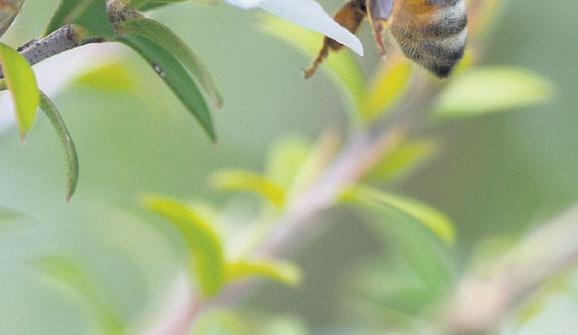


Potential declines in bee populations due to varroa mite infestation could jeopardise Australian horticultural production.
“The Australian Government considers the varroa mite one of the greatest threats to honeybee-pollinated horticulture in the country,” a Rabobank report said.
The threat comes at a time when demand growth for pollination is outpacing growth in beehive numbers.
Report author Stefan Vogel said many horticultural crops depend on pollinators.
“While not all require European honey bees, several key industries already face high demand for these pollinators, and this demand is expected to increase,” he said.
“For example, European honey bees are essential for the almond, mango and macadamia sectors.”
Hive demand in Australia has tripled since 1990 to meet the strong growth in horticulture pollinator needs, especially for pollinating tree nuts, the report says.
However, the number of commercially managed hives has barely grown.

“Over the past three decades, the number of hives in Australia has remained relatively stagnant,” Stefan said.
“And pollinator needs are forecast to continue to rise significantly due to the expanding horticultural areas in Australia.”
Some growth in the number of hives occurred in the years preceding the 2022 varroa mite outbreak, Stefan said, primarily in recreational beekeeping.
“This slow growth falls short of the projected demand for pollinators in Australia, as we have modelled,” he said.
“We project a substantial increase in demand due to the expansion of commercial crop acreage requiring pollinators, particularly for tree crops such as almonds.”
Stefan said a number of scenarios had been modelled to determine the impact of varroa mites on Australian hive numbers, based on insights gained in other countries.


“After a varroa mite outbreak in other countries like New Zealand and Canada, the hive numbers typically experience a significant decline in the first five years, followed by a recovery usually starting after six or more years,” he said.

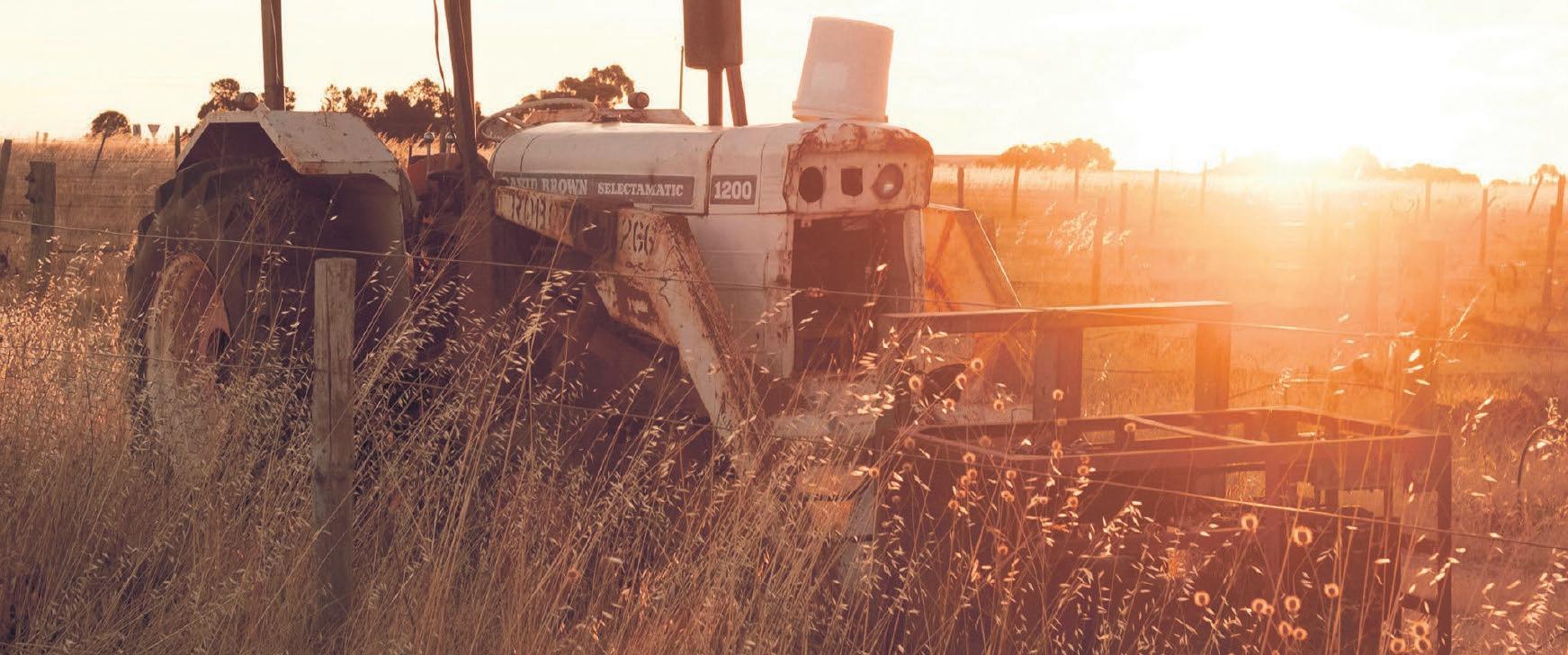

& Real
Proudly family-owned and operated for over 100 years, F.P. Nevins & Co. continues to deliver reliable service and trusted advice across regional Victoria.
With offices in Inglewood and Rochester, and local agents with in-depth knowledge, we offer a comprehensive range of services.
• Sales by auction or private contract
• Expert local knowledge and personal service
• From household chattels to rare and antique machinery
• Onsite or online via AuctionsPlus
• Bendigo sheep sale: Mondays 8:30am
• Echuca prime sale: Wednesdays 8am
• Echuca store sale: First Monday of each month at 10am
• “Over the hooks” trading available
• National livestock sourcing and payment facilitation
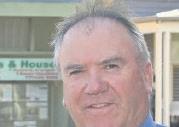




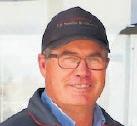

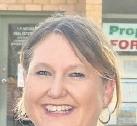








Luke Nevins 0418 510 166
James Nevins 0407 302 900
Craig Campbell 0427 346 645
Alex Langley 0419 178 813
Flynn Lock 0490 371 475
We’re proud to be regarded as one of the quickest payers in the industry, with payments made promptly every Wednesday and Friday via cheque or electronic transfer.
Our team travels anywhere to meet your needs and continues to improve through ALPA-run development programs and training.
Whether you’re selling livestock, managing a clearing sale, or looking to buy or sell property — talk to us today for honest advice and exceptional service.
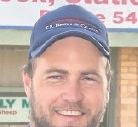









Tony Hooppell 0427 842 228
Bruce Foster 0418 507 819
Hamish Hooppell 0428 004 349 Nicki Henderson 0429 796 054
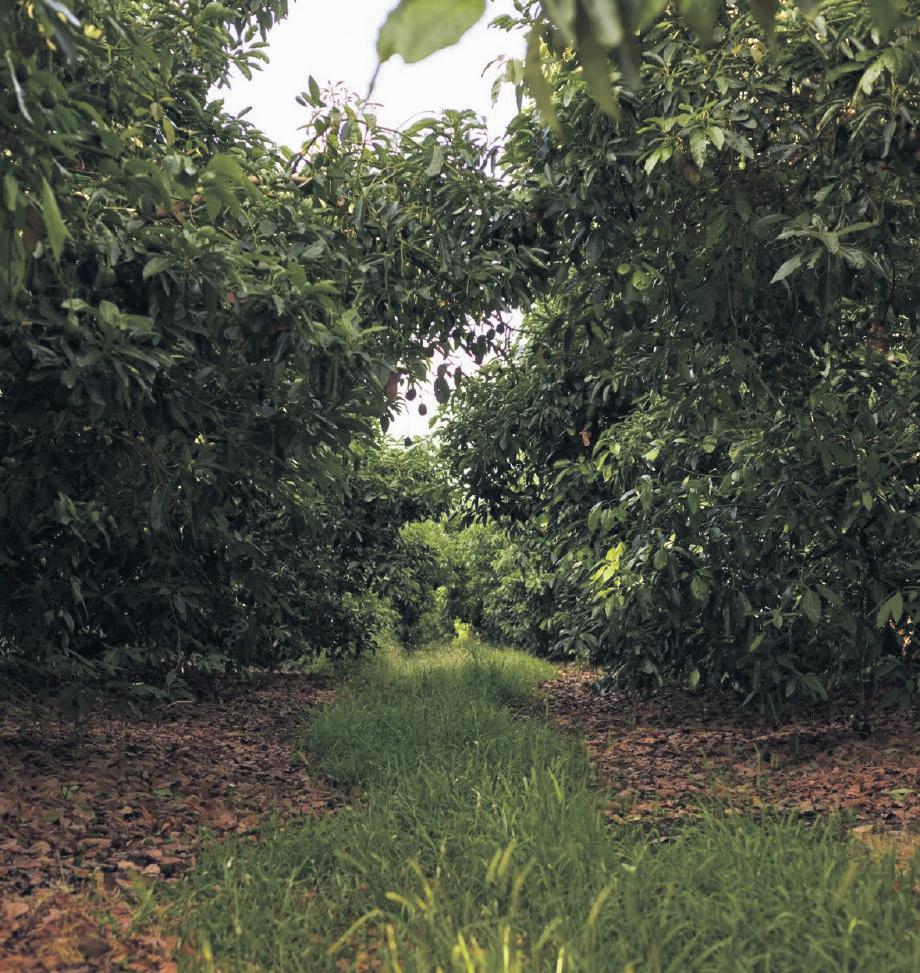
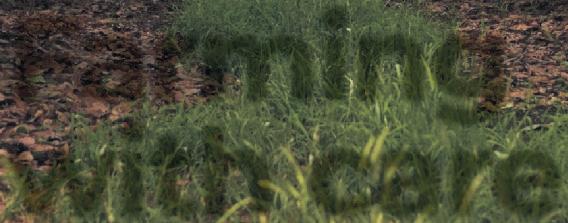
Katrina and Tim Myers from Barham Avocados have always farmed with care for their product and environment.
Focusing on soil health, minimising input use and maximising water efficiency, the family has recently been recognised on Discover Regenerative and the Sustainable Table Map.
Discover Regenerative showcases the ecological, social and cultural impact of Australian regenerative producers in one platform, while the Sustainable Table map connects farmers, food business and conscious eaters to share knowledge and collaborate.
“This was really something I pursued for our business,” Katrina said.
“Many farmers, including us, already farm with regenerative principles and this was about getting the tick for our business.
“I like regenerative farming. It is not super prescriptive, and it is nowhere as limiting as organic farming — it is sustainable across all aspects, and if you have to use inputs, you can.”
Key principles of regenerative farming include:
• Keeping soil covered and minimising disturbance or disruption of soil structure and the living systems within it through ploughing, tillage, etc.
• Increasing plant diversity and presence of perennial plants, to capture sunlight and lead to a more developed root system supporting soil health and carbon sequestration.
• Encouraging water to sink into and be stored in the soil.
• Using animals and plants together to support each other, for example, animals generate and spread manure rather than using fossil fuels.
Katrina said the couple focused on best practice when it came to growing avocados.
“Tim is a great manager, he keeps on top of everything from soil management to water use, and we do get good yields and great results,” she said.
The main varieties grown in the fertile Barham soils are Hass and Reed.
About six or seven years ago they tried a small patch of a new variety called Gem.
“Our yields have been off the charts. The root stock has been good, the variety has been good, however we can only sell them through certain agents,” Katrina said.
Barham Avocados was established more than 40 years ago when Katrina’s grandmother Gwen Heinz gifted Katrina’s parents, Deb and Sandy, some money to plant 100 avocado trees.
Back then, avocados were considered a luxury item and consumption was nowhere near what it is now.
Katina loves the fact her much-loved grandmother was the catalyst for their business today.
Katrina and Tim came home to the family farm 14 years ago.
Today it has grown to include about 8000 trees.
“Some of the trees are around 50 years old and we are looking at replacing them,” Katrina said.
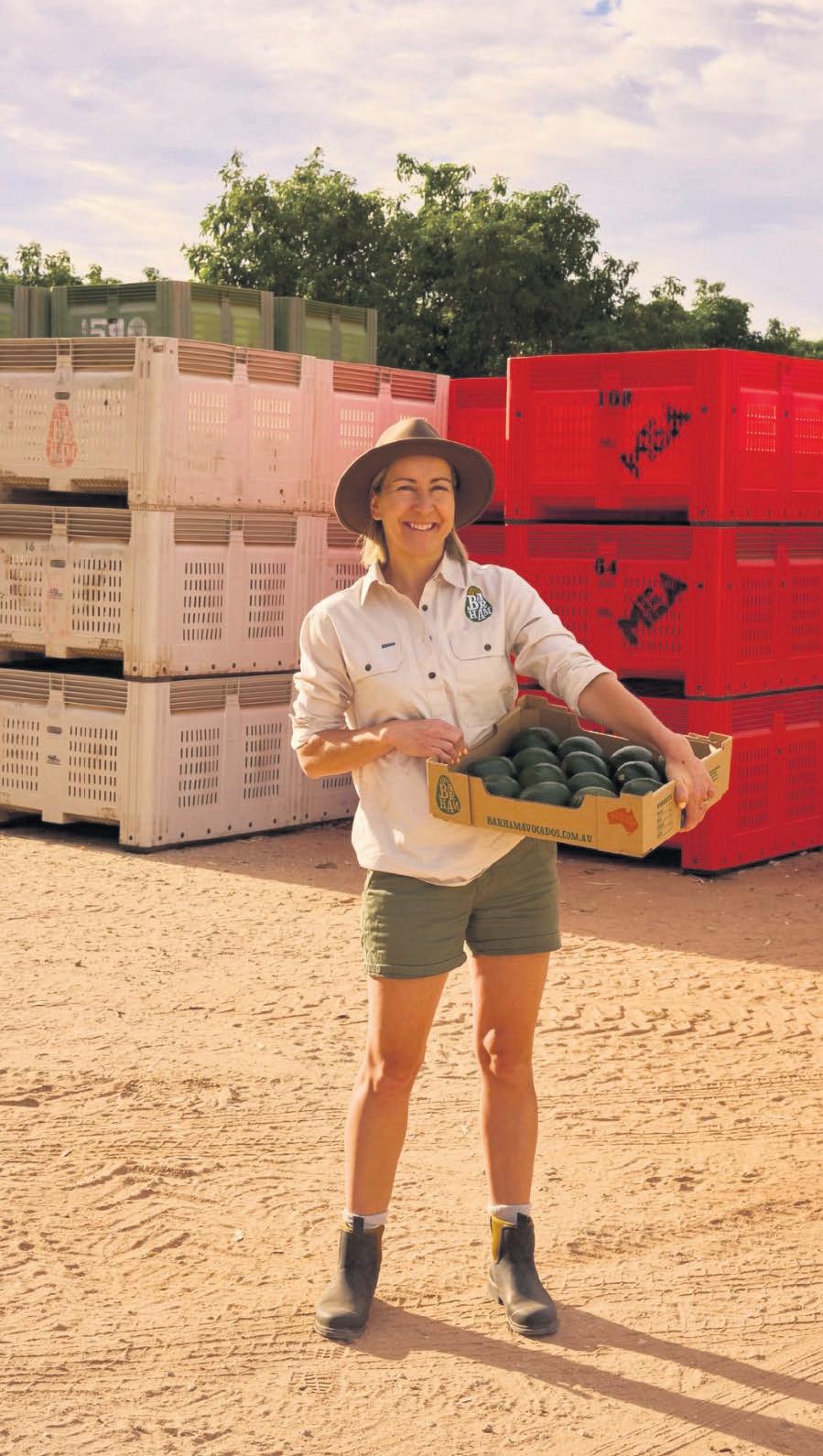


“Tim wants to fill up the remaining hill with avocados and that’s about it for expansion for us.”
Katrina is always looking at ways to tweak the business, which has included refocusing some of their efforts toward more direct sales.
“Supermarkets like Hass because of the size and it is easy to tell when it’s ripe, however, if you ask most people, they love the creamy taste of the Reed, which we sell direct to the public.”
Barham Avocados sells online from August to October and December to January, but the increasing cost of postage is making that more difficult.
“We are always looking at different options, because one thing I do know, is people love receiving their avocados
in the mail, but it does become more about a quantity issue.”
She said they were also looking into producing avocado oil again and possibly a soap line down the track.
They have also been operating a very successful Air BnB farm stay.
“On-farm accommodation has been a great sideline and it has certainly been good for our cash flow,” Katrina said.
“I love doing it, and I am pretty keen to explore other agri-tourism options to add to our experience.
“Having people come to the farm is also a great way to bridge the gap and help promote regenerative agriculture to a wider audience.”
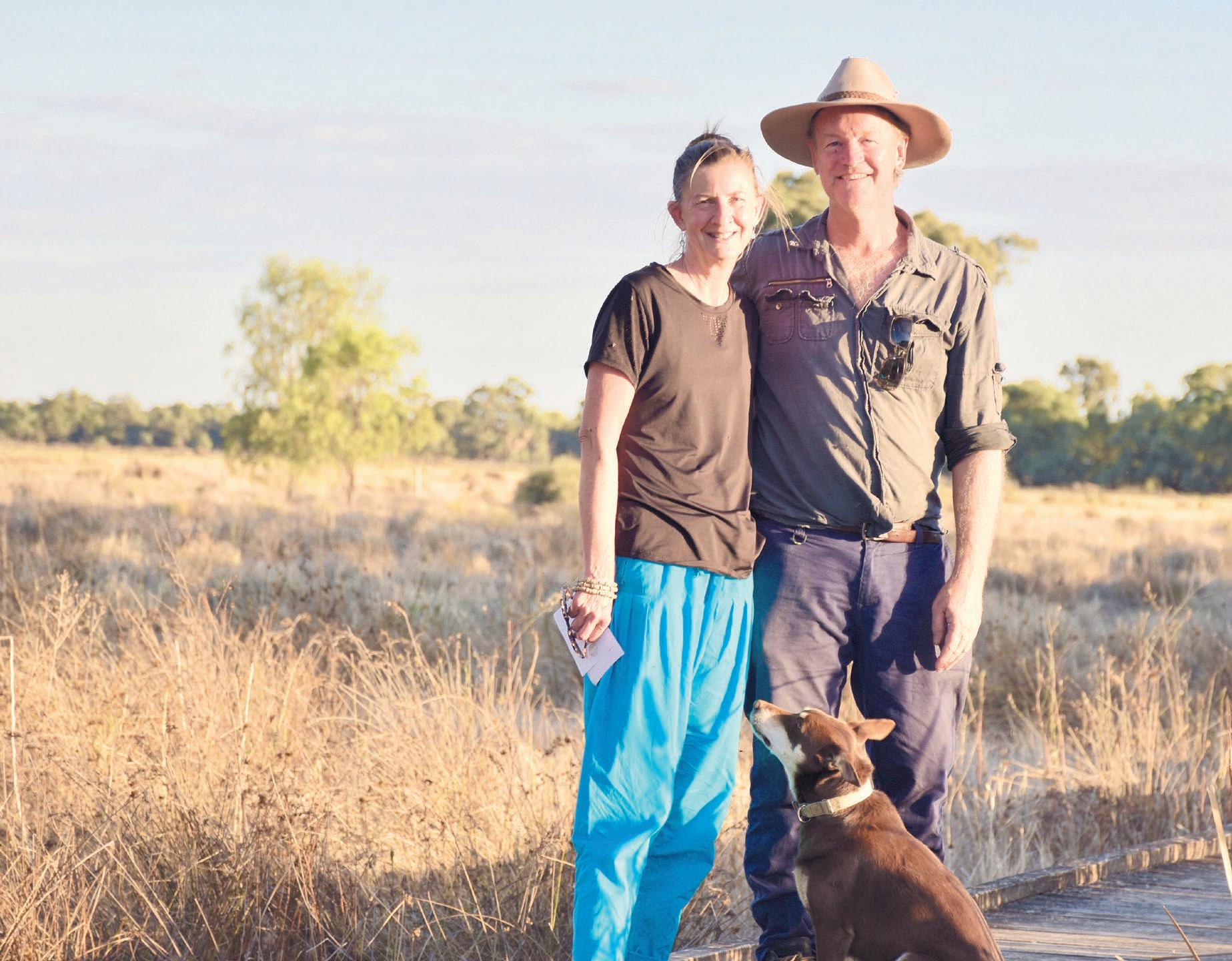
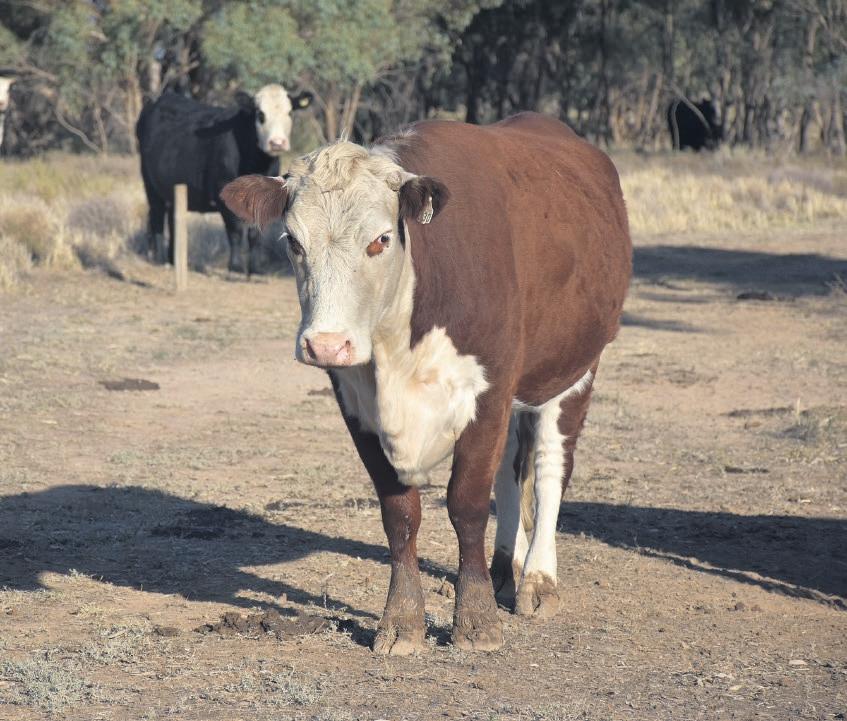

Diversification and a commitment to sustainability have always been an important part of the farming ethos for Jo and Don Hearn.
Since 1996, when the couple returned home to the family farm at Caldwell, north of Echuca, they have farmed their 450 hectares with love and attention, prioritising soil and animal health.
Guided by organic and biodynamic farming principles, their property Restdown has had a few evolutions, including the award-winning Restdown vineyard and cellar door, ecotourism and the thriving organic beef business, Jungle Lane Beef Co.
The loss of water from the area and ever-increasing water delivery costs have forced the couple into the gut-wrenching decision to pull out their vines and move away from wine production.
They are now focusing on beef production and tourism opportunities, and central to this success has been the re-establishment of a 24ha wetland.
Back in the 1970s, Don could remember the wetland flourishing and in the middle of the millennium drought, the couple decided to bring it back to life.
Today the wetland is thriving.
Regularly monitored by ANU in Canberra, students have found it is now home to more than 70 different bird species and growing, more than 100 different plant species dependent on the season, eight different frogs and many reptiles and insects.
Thanks to a partnership with the Wetland Revival Trust, the nationally endangered stiff groundsell was recently planted into the wetland, a plant considered extinct for 100 years. Don and Jo have been working with the local Barapa Barapa and Wemba
Wemba nations since 2007, as the Restdown wetland is also a significant cultural site.
Every few years, the couple access an allocation from the Murray-Darling Working Wetland group which enables them to water the wetland. They also use their own allocation as well.
The wetland has an environmental covenant placed on it, but that does not stop Jo and Don from grazing the feed bank it creates most years.
“Cattle have been used as a land management strategy for millennia,” Don said.
“We normally graze the cows in the wetland just before calving and because they are heavy in calf, they just quietly graze the area without doing any damage.”
The cows eat the grass and flatten the rushes which means Jo and Don don’t have to bring a tractor in for slashing.
And they also produce manure which fertilises the wetland.
“One cow produces 10kg of manure a day. We usually have 35 cows in here at a time, and if we leave them in here for a three-week rotation, we can end up with around 6.5 tonnes of magnificent and free organic fertiliser,” Don said.
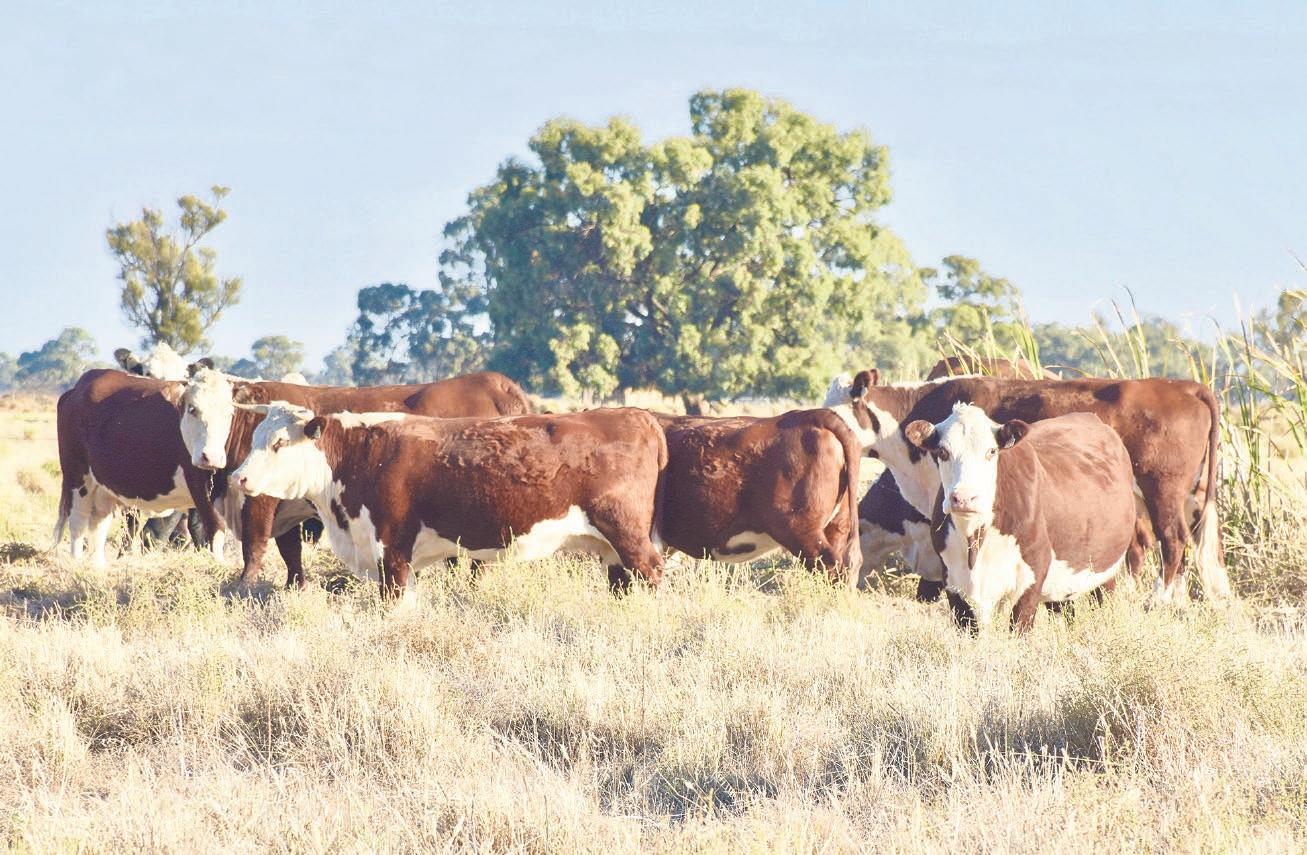
The other part of the puzzle has been the establishment of a population of dung beetles to help break down the manure.
The couple has had the dung beetles for about four years now.
“The variety we have bury the manure two feet deep which helps the grasses and tap root plants gain access to the free fertiliser,” Don said.
“Any cow pats left behind get dissolved when we bring water into the wetland, spreading fertilised water across the landscape.”
Don said the grazing of the wetland was a critical part of its management.
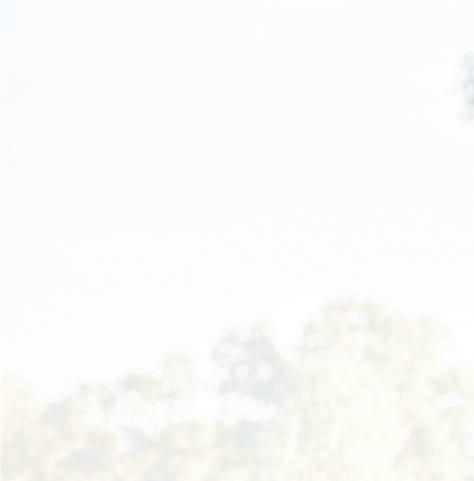
“We liken the wetland to a free shed of hay, without the cost of cutting, raking and baling.”

Having said that, when conditions are right and there is excess feed about, Jo and Don will cut hay across their property, but only as long as there remains enough ground cover over their soils.
“It’s been a dry year this year, and thankfully we do have some hay which we have been feeding to the girls.”
The couple has also had to make the tough decision to off load some of its breeders due to the dry conditions.
“We are down to 55 breeders and 60 weaners, and while they are a little bit behind in terms of where they should be for weight at this time of the year, they are still in pretty good nick.”
Looking to the future, the couple is contemplating what is next for them.
“The wetland and consequent ecotourism opportunities have enabled us to have some very important conversations with people as we try to educate them on the importance of food production and environmental opportunity,” Jo said.

“We are passionate about showing politicians and decision-makers the positive results that happen when bringing water onto farms.”
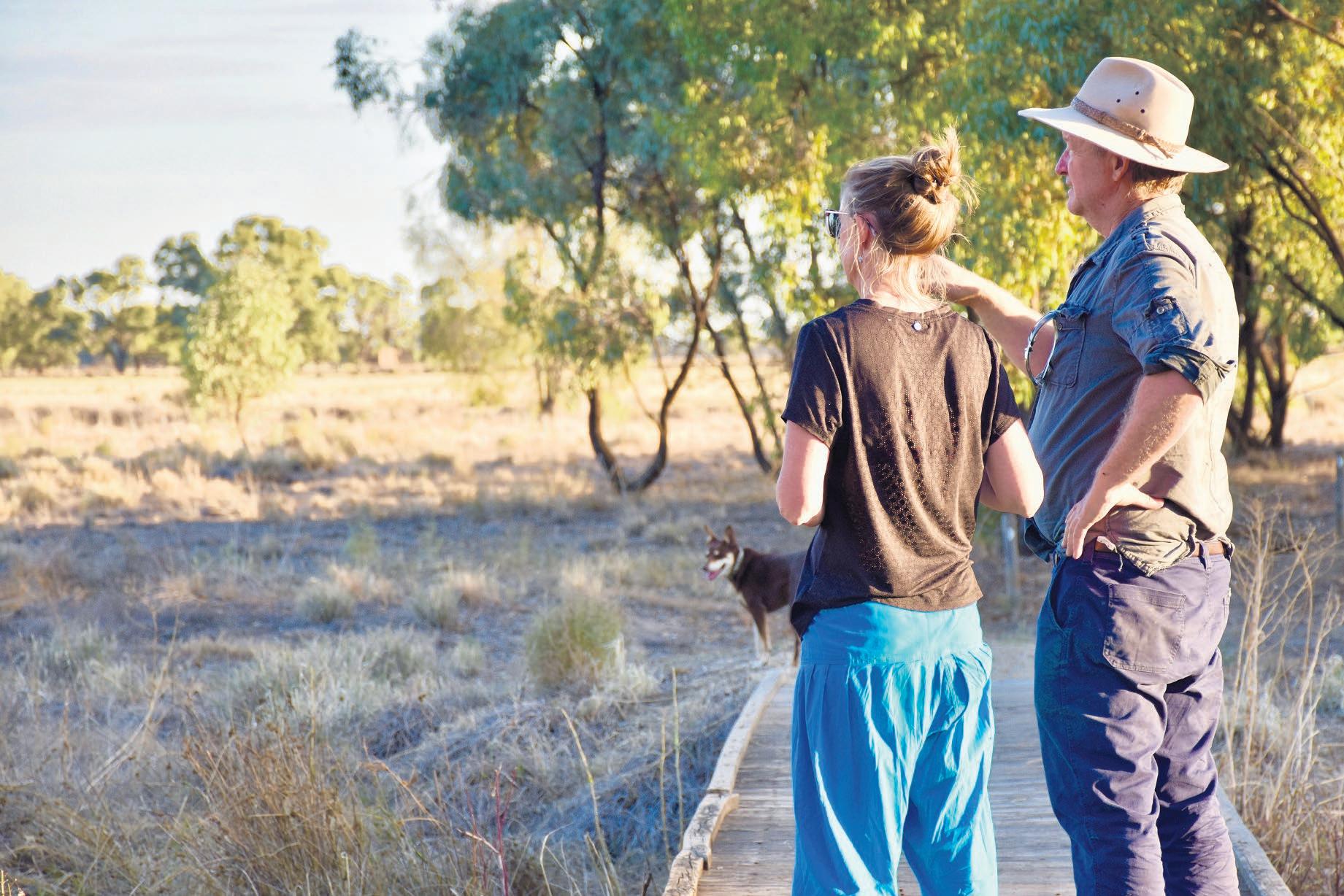

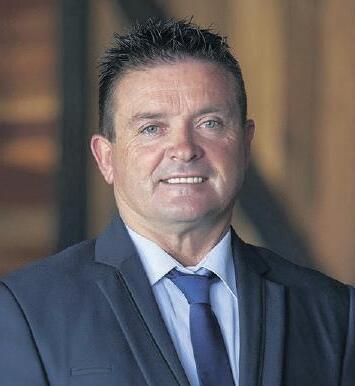
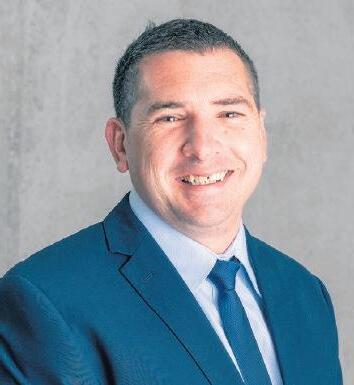
Director and local agribusiness specialist at Gagliardi Scott Real Estate, Darren Scott has put together and sold a large portfolio for Pete and Marion Vandergoor of Katunga fresh. Pete and Marion had elected to sell the property and concentrate on their burgeoning Katunga fresh glasshouse business growing the best and most marketable tomatoes with distribution throughout Australia. Approx 4000 acres of prime Katunga irrigation land Including large GMWZone 6 water, Katunga Deep Lead water and Shepparton ground water licences. This well upgraded property was purchased by GoFARM who continue to upgrade their own large portfolios and will continue to develop this property as per their agri based needs. This was the highest priced single vendor sale on record for the Murray Valley.




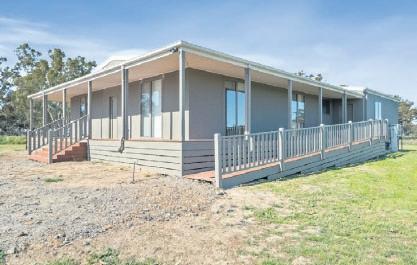
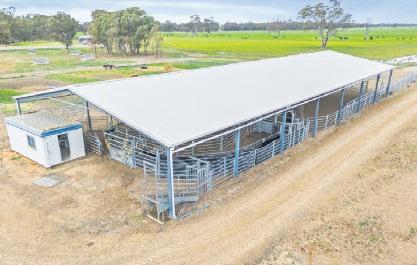
Gagliardi Scott Real Estate, in conjunction with LAWD, presents Pinewood –a premium irrigated and dryland cropping and grazing property located at 870 Walshs Bridge Road, Kaarimba, in Victoria’s highly regarded Murray Valley region. This versatile farming enterprise spans a well-developed mix of irrigation and dryland areas, including 72 hectares under centre pivot/ lateral move irrigation and 106 hectares equipped for flood or pipe riser irrigation. The property supports a variety of high-value crops such as cereals, forage, and legumes, along with wool and prime lamb production. Rural infrastructure includes a three-stand shearing shed, cattle yards, extensive shedding, and grain storage. A comfortable three-bedroom home with established gardens provides onsite accommodation. Pinewood is underpinned by secure water entitlements with direct access to the Broken River and supported by a 3.35 megalitre delivery share from GoulburnMurray Water. The land features productive East Shepparton fine sandy loams and Goulburn loams, enhanced by efficient layout, sound fertilisation practices, and quality fencing. Ideally located near Nathalia, Shepparton, Cobram, and Yarrawonga, the property offers excellent access to labour, markets, processing, and infrastructure.



Located just 20 minutes north of Shepparton and 30 minutes from Echuca, this exceptional 680-acre farm in Victoria’s prime agricultural region combines productivity with lifestyle. Spread across five titles, the property features a state-of-the-art irrigation system with centre pivots and a modern pipe and riser network, supported by two high-flow pumps drawing from Nine Mile Creek in sought-after Zone 1A, ensuring reliable water supply year-round. At its heart is a striking architect-designed three-bedroom home, elevated to capture sweeping views of the creek and paddocks. With clean lines, abundant natural light, and premium finishes throughout, the home offers a peaceful, modern retreat. The farm also includes first-class undercover cattle yards with a vet area and drafting facilities, supporting the current beef and cropping operations. Currently running a contract feeding program with a major beef processor, the property is already a profitable enterprise, yet offers significant scope for future growth. With rich soils, dependable water, top-tier infrastructure, and a standout residence, this is a rare opportunity where high-performance farming meets premium rural living. 3BR | 2BTH | 5CS | 1STDY




Goulburn-Murray Water’s surveying capabilities have dramatically evolved in recent years through innovating its use of drones.
As Australia’s largest rural corporation, the amount of surveying G-MW has to undertake is considerable.
G-MW manages about $5 billion in irrigation assets, including 10,000 kilometres of delivery and drainage infrastructure and 23 major water storages.
A crucial role of G-MW is to regularly survey these assets to ensure they are functioning as safely and efficiently as possible.
Surveying services manager Avni Bekirofski said it was a role G-MW was now performing more efficiently and comprehensively than ever before, largely thanks to drones.
“G-MW was quick to see drones as a useful tool to support its other
surveying methods,” Avni said.
“In recent years, drones have become heavily integrated into our operations in various ways.”
A unique example of this has been G-MW’s use of underwater drones.
Much of G-MW’s critical infrastructure is underwater but still needs to be routinely inspected. In the past couple of years, G-MW has used underwater drones to conduct these inspections with increasing frequency.
Most recently, G-MW used a tethered underwater drone at Dartmouth Dam to inspect a winch cable that helps operate the dam’s lowlevel bulkhead.
Dam safety manager Sam Green said using drones for this task was far more efficient than the methods G-MW relied upon in the past.
“Dartmouth is one of our deepest storages, and the cable we needed to inspect was approximately 90 metres below the surface,” Sam said.
“In the past, we would have had to
contract specially trained divers to complete an inspection like this.
“Using an underwater drone not only proved efficient but provided us with high-quality footage of the cable that can now be referred back to for future inspections.”
With drones becoming more widely used for surveying activities both above and below the waterline, G-MW has put added emphasis on upskilling its staff in the use of drones.
Recently, the water corporation has given particular focus to training its storage staff, who operate the lake, dams and reservoirs G-MW manages.
Over the past year, G-MW has trained and gained operator accreditation for about 40 of its storage staff.
Water storage services general manager Leonie Bourke said this training had been highly beneficial in helping staff undertake periodic inspections of the water corporation’s assets.
“For decades, the inspections conducted on our assets have been undertaken in-person, but drones now offer a valuable alternative,” she said.
This has been the case at Lake Eppalock, where storage staff undertake regular inspections of the lake’s embankment.
This used to involve someone walking the embankment and looking for any cracks, movement or changes.
Staff would walk across a narrow gravel track midway up the spillway, with the track being slightly hazardous in some areas.
These inspections are now completed by the same staff but using drones rather than walking the embankment themselves.
Leonie said there were various benefits to this.
“Not only is this safer and more efficient, but the data G-MW collects from these inspections is far more consistent,” she said.
“This better equips G-MW to detect

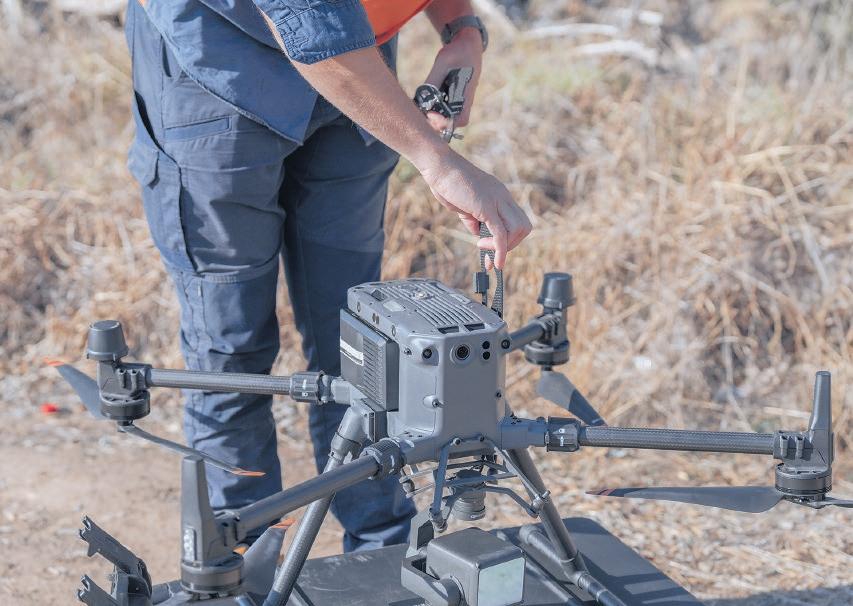
any changes to the structure in the future.”
The authority is continuing to train more storage staff in the use of drones.
Storage staff have also been using drones to investigate compliance matters, such as monitoring ‘no boating zones’.
G-MW has also found innovative ways to use drones for more complex surveying activities.
LiDAR (Light Detection and Ranging) drones have been particularly useful in this regard.
LiDAR devices are incredibly precise. They work by sending out thousands of laser pulses each second. These pulses hit a surface and bounce back to the device. The device is then able to tell how far away a surface is by processing how long the pulse took to return.
In 2024, G-MW put this technology to use to survey Dartmouth Dam’s rock cascade spillway.
Dartmouth’s rock cascade spillway is vast, standing almost 200m tall.
Avni said surveying the structure had previously been an imposing task.
“Surveying Dartmouth’s rock cascade spillway has traditionally been labour-intensive, with a lot of manual set up required,” he said.
“Completing a survey like this with a LiDAR drone is a very different process and a far less time-consuming one. It also provides G-MW with more comprehensive data.”
During a pre-mapped, 30-minute flight over the spillway, the drone collects more than 400 million data points, which it uses to create a 3D model of the spillway, commonly referred to as a ‘digital twin’.
This model helps G-MW identify areas that may be in need of repair and also provides a useful reference point to compare future surveys to.
G-MW has undertaken similar surveys along large stretches of its channel network. In the past, the authority was only able to obtain such detailed data over such large areas by using a plane or helicopter that was fitted with a LiDAR camera.
LiDAR drones are a far cheaper way of completing these surveys and provide greater flexibility around when the survey is completed.
In the coming months, G-MW will increase its use of drones further, as its Electrical and Mechanical Services Team will start using drones with thermal imaging cameras to inspect node towers.
Electrical and mechanical services manager Craig Rowden anticipated this would be another area where G-MW benefited from the innovative usage of drones.
“When there is an electrical issue with a node, the area where the problem is generally emits heat,” he said.
“Thermal imaging is a very useful way to detect potential flaws and can often pinpoint issues that would otherwise take detailed inspections to identify, and we can now obtain this imaging using a drone equipped with a thermal camera.”
“This will reduce the need to have staff scaling the node towers to undertake the inspections, making it far safer and more efficient.”
G-MW will undertake several of these inspections as part of its 2025 Winter Works program.

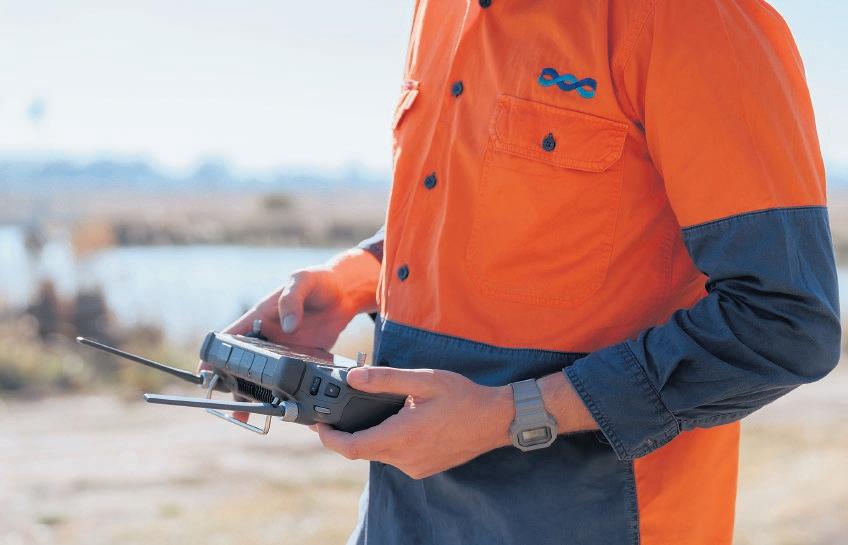
Australia rides on the sheep’s back, or so goes the timeworn saying about the worth of the meat and wool industry.
A sustainable fashion project is proving there is also plenty of value in the sheep’s head, legs, belly and even its fluff y bottom.
The short fibres from these parts of a sheep, called locks, are usually considered of very low value and are either used for chunky knit garments or discarded.
In a trial backed by Australian fashion brand Country Road’s climate fund, a group of innovators has developed a way to use locks to make a sustainable fine yarn ideal for clothing fabric.
“The same sheep that produces super-fine wool used in a nice suit or a jumper ... the bits that they generally can’t use from the belly, the legs and

the bottom are able to be used,” said Chris Hurren from Deakin University’s Institute for Frontier Materials.
The Mud to Marle project blended the South Australian locks with Queensland cotton.
The unique mix, which creates a stretch fabric without the need for synthetic fibres, has been used in prototypes for women’s suits, T-shirts, jumpers, pants and skirts.
The method has several sustainability benefits, including the need to dye only the wool threads to create a marle effect. Dyeing the wool rather than the cotton saves on water and energy as the fleece more readily takes on colour.
The natural fibres are also environmentally friendly, with no synthetics used.
“And if they’re uncoloured, or coloured with the right dyestuffs, they would be able to be broken back down
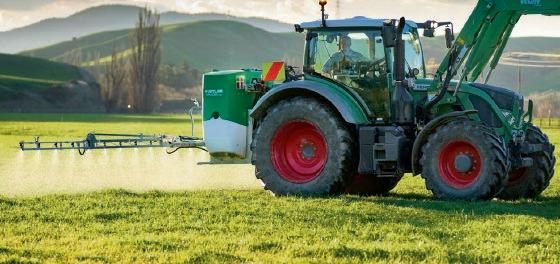

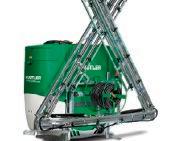




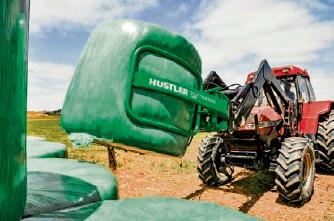

into soil at the end of their lifetime,”
Chris said.
Mud to Marle has also demonstrated that low-impact, end-to-end textile manufacturing is possible in Australia.
The yarn spinning, usually done
offshore, was completed at Deakin University before it was woven in Geelong and knitted and dyed in Melbourne. The sample clothing, in warm shades of lilac and mango, was made in Sydney and Melbourne.

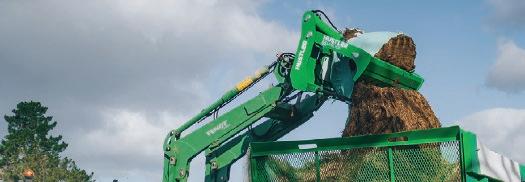

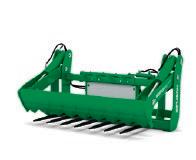


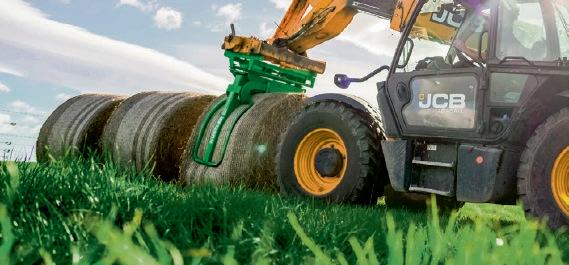
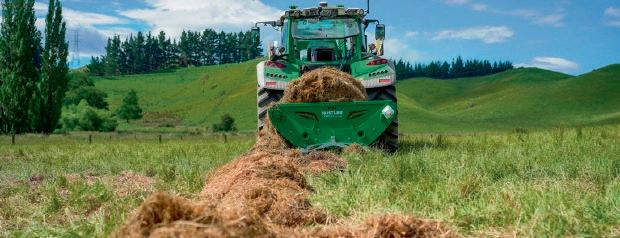



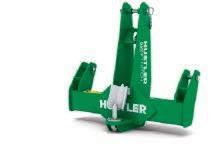




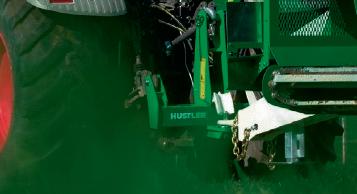

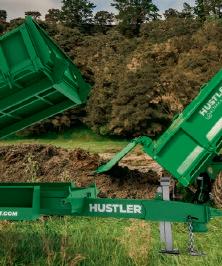

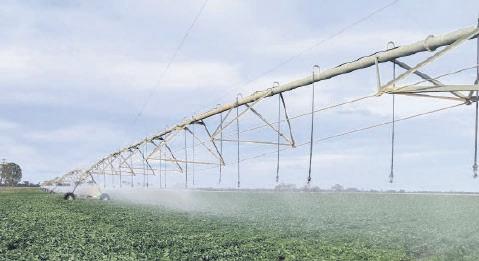

Agents in conjunction LAWD & KHRE wish to advise part of the Kilter aggregation lots have now been sold. There are now only 4 farming lots remaining to be offered for sale privately.
This opportunity represents outstanding value for buyers wanting high performing cropping land with exceptional irrigation infrastructure and currently under professional farming management with wheat and canola crops well advanced.
* Pykes – 227 ha – $3,400,000 - Frontage to main Road, performing very well with last years corn crop yielding 19 tonne/ha of corn. Pykes to be re-sown to winter mixed silage mix allowing for ealry harvest and corn to be re planted in spring. Pykes irrigation infrastructure is elite with sub-surface tape irrigation (40ha replaced this year.) The irrigation supply is enhanced with large volumes of water harvested from the drainage system, an excellent storage (250ML) providing surplus water to the automated and filtrated pumping system. Strong boundaries and ample hard stand areas for home sites or farm shedding to be developed on this property.
* Rendell’s Dairy 464.ha – 1146 acres approx. –$5,500,000 - an ideal fodder growing property with 5 separate centre pivots providing ideal irrigation for a dual cropping program or lucerne production.
* Morgans 192.72 ha – (476 acres) -as a whole $3,200,000. This ex-dairy property Is underpinned with superior soil type to produce high yielding cereal crop/lucerne or refence the existing laneway system for grazing use.
* Butlers 1 – CA 11 & 12 – 60.96 ha – 150.6 acres - $1,100,000 – well formed flood irrigation layout, with two homes currently rented out for surplus income or sold on a vacant possession basis.
* Butlers 2 – Lots 9 & 10 – 52.77 ha – 130.39 acres approx. - $700,000 - Well formed flood irrigation layout, with reuse sump and small turkey nest dam, with 1 service point and fast flow irrigation.
*All measurements approximate
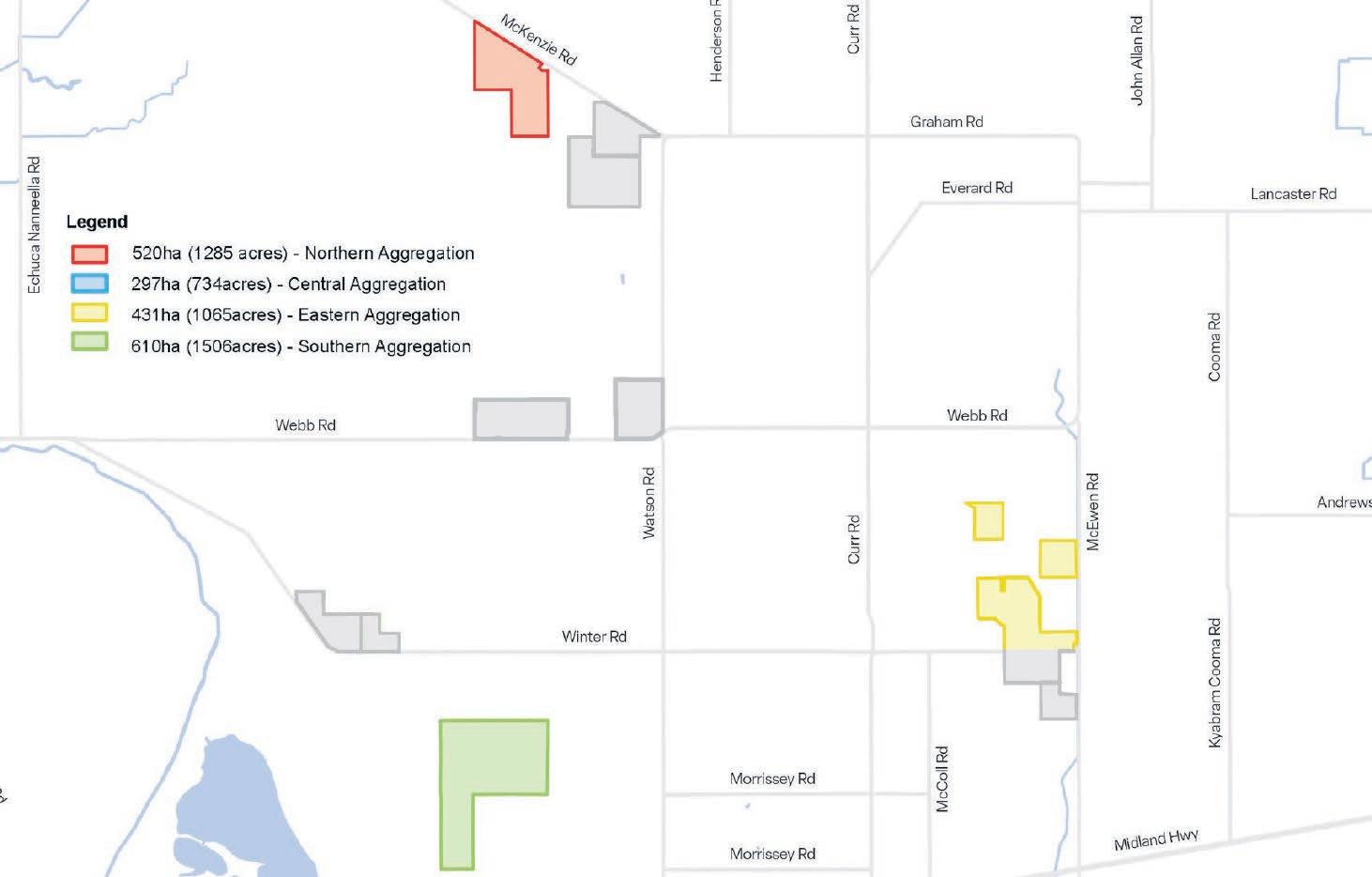


Selling our property “Maneroo Homestead” with Kevin Hicks Real Estate, arguably the best of the best in Kevin Hicks and Andrew Pogue at the helm. Their professionalism and expertise gave us confidence, leading up to our 5-week marketing campaign. Led by Nicola, Jack & Garry, they produced quality, attention to detail videos and photography of our property.
We were absolutely delighted with the outcome achieved.
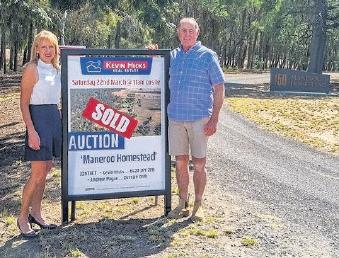
There’s nothing more satisfying than having the responsibility of selling the family farm like 275 Baxters Road, Picola.
David & Wendy Gilbert sat down to discuss their sale process 6 months before we went to the market, giving us as agents the time frame required to process a positive outcome.
We appreciate them considering the team at Kevin Hicks Real Estate for this important moment.
Kevin Hicks
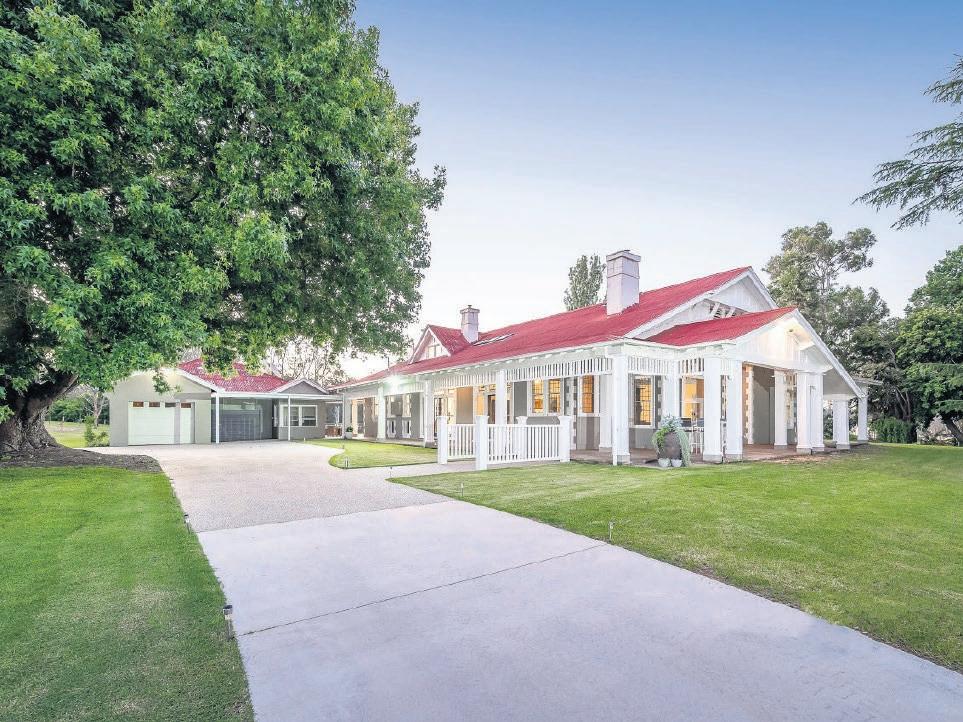


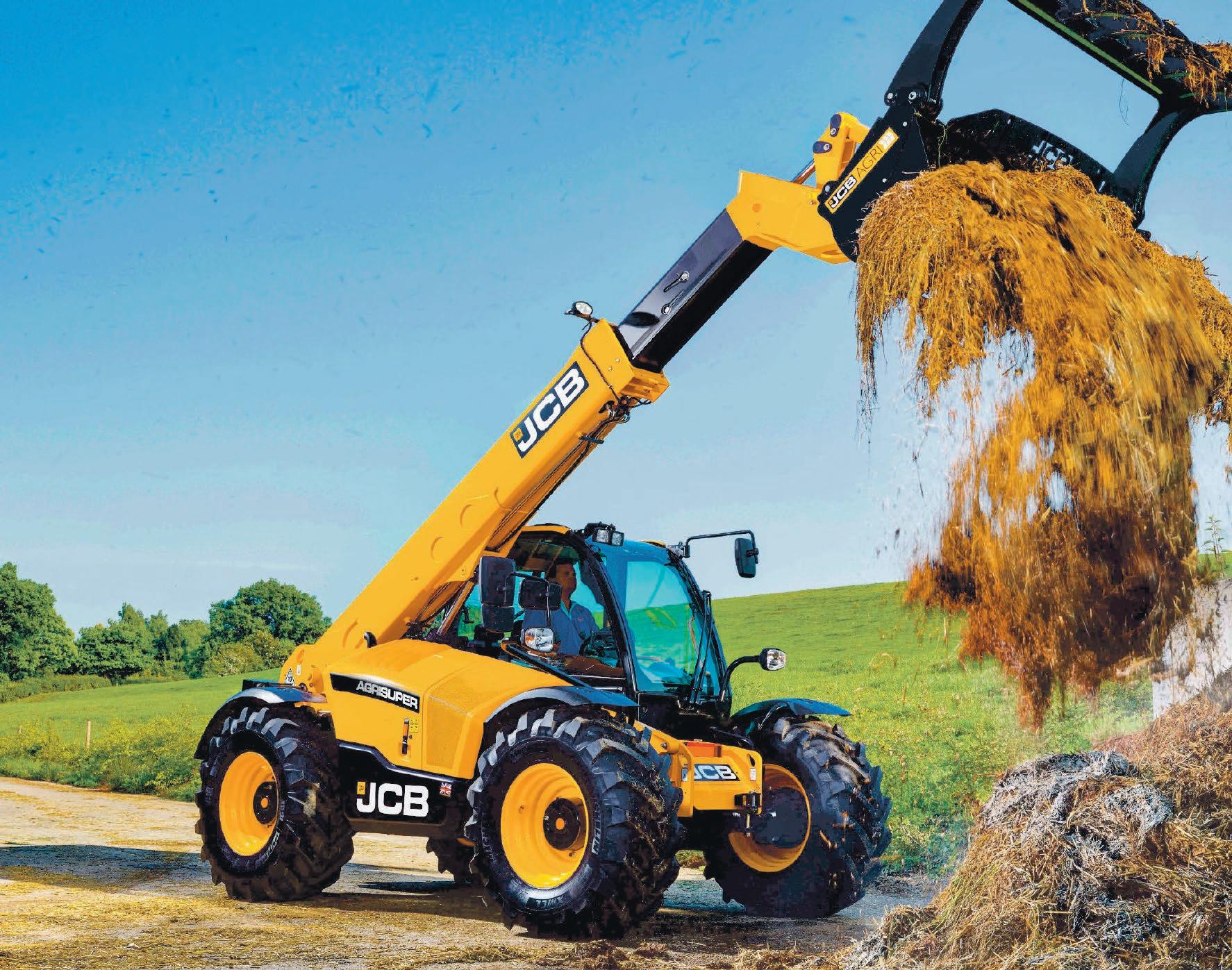

iCONFIGURE
Creating a bespoke control experience for every operator
iCONNECT
Integrating advanced precision agriculture technology
iCONTROL
Redefining operation through new driveline software
Discover more about JCB’s class-leading range—contact your nearest branch today.

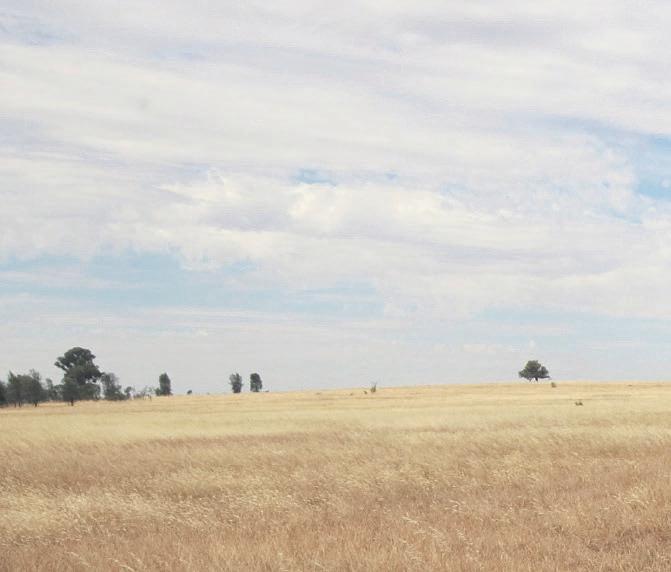

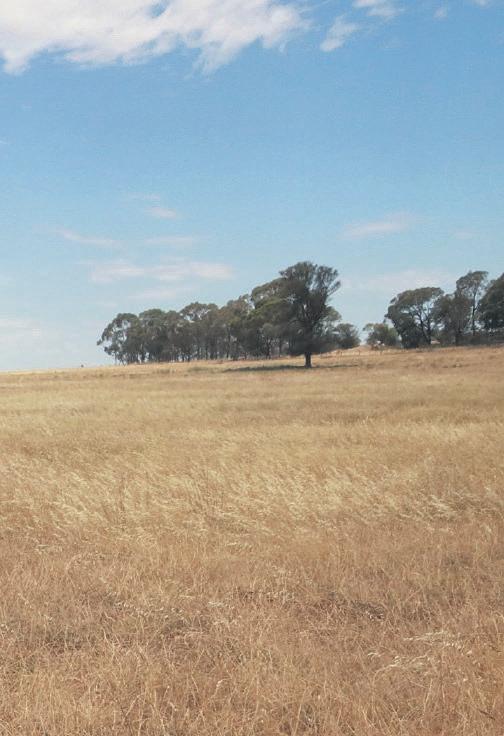
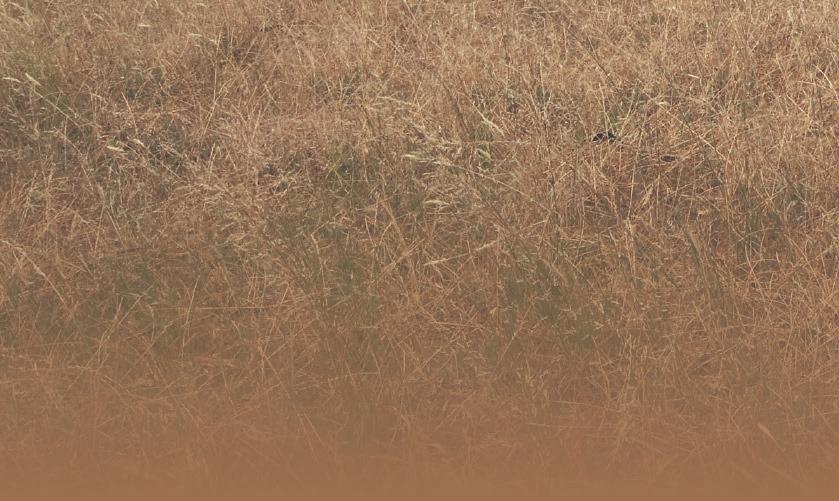
estate agents say farmland sales are a mixed bag, and a Rabobank report backs up the claims.
The annual report, by the agribusiness banking specialist’s RaboResearch division, said a positive outlook for key agricultural drivers was expected to see agricultural land prices rebound in the year ahead.
Meanwhile in a di erent report, Dairy Australia says dairy farmland values are continuing their decadelong climb.
F. P. Nevins & Co Rochester branch manager Tony Hooppell said the market was moving slower than they’d like, but some farm types were kicking o .
“It’s just sort of travelling along, we’re selling a few, but cash is a little bit tight,” Tony said.
“If we had good farms, they’re sort of going, but they’re not going out the door like they were a couple of years ago.”
He said with not many properties up for sale, it’s a bit hit or miss, but in terms of types, broadacre was doing well and smaller, lifestyle properties were on the rise.
RaboResearch’s analysis found overall farmland prices had contracted in 2024, with the median price per hectare across all agricultural land types nationally decreasing by six per cent on the previous year.
But Gagliardi Scott Real Estate director Darren Scott said the dairy sector, in particular, was on the rise.
“I think the milk industry will pick up next year,” Darren said.
“It’s a little bit quiet at the moment, but we’re in a real dry spell.
“They’re still worth what they’re worth, but there’s just not as many buyers.”
RaboResearch expects the Australian farm sector will “enter a new period of steady growth”, reflecting the “more normalised on-farm margins” that are anticipated.
Kevin Hicks Real Estate director Kevin Hicks said the weather was a factor in why interest was lower than normal.
Tasmania, it was down 12 per cent.
“The Goulburn Valley has remained pretty steady over the last 12 months,” Shepparton Real Estate rural and lifestyle sales executive Danny Berryman said.
“Quality land is still attracting good interest when it comes available and looking at the economic conditions, obviously the reduction in interest rates will have a positive impact.”
Shepparton Real Estate director Ryan O’Connor agreed with Danny, saying the landscape is ever evolving.
decade, despite a fluctuating number of farms sold over this period, with annual growth above 10 per cent since 2019-20.
In 2023-24, the national median price in dairying regions hit the record level of $12,906/ha, o the back of tightened farmland supply, strong demand for productive land and a rebound in the livestock market.
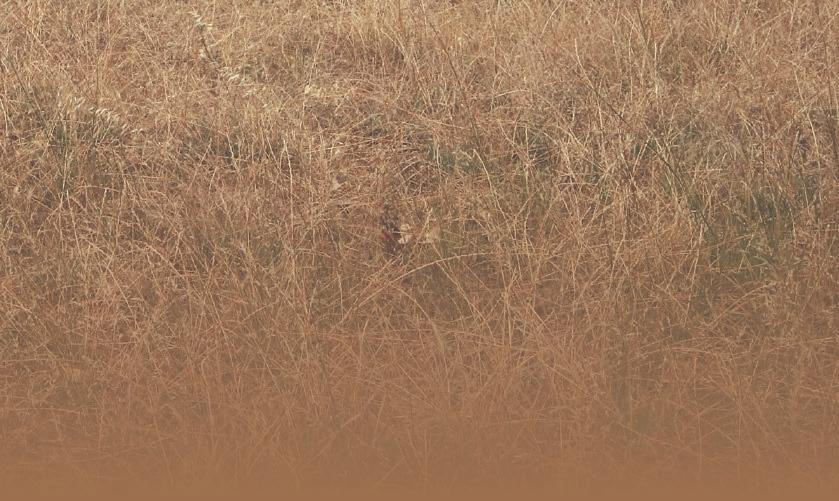
“The dairy sector has improved, commodity is always a challenge, they don’t get well enough paid for their product, but I think some of the better farms in that space have improved,” Kevin said.
“Horticulture is still struggling a little bit, but it’s sort of improved, the commodity’s improved, and I think that’ll reflect on sale processes perhaps this year.
“The confidence will come with some rainfall sooner than later.”
Price moves also varied between land types and across the country, the data set showed, with Western Australia and South Australia bucking the national trend and recording increases in the median price of agricultural land.
The report said the decline in farmland prices observed in the 2024 land sales data was “unsurprising” considering the period of rampant growth in recent years and factors that had weighed on the agricultural sector in the past year.
The report found the median price per hectare for agricultural land declined by five per cent in NSW, Victoria and Queensland, while in
“I think it’s just a changing environment at the moment,” Ryan said.
“The positive e ects of the reducing interest rates are likely to only o set the e ects of the low rainfall conditions at the moment, we expect the dry will have a positive impact on irrigated land prices though.”
The Dairy Farmland Values report, commissioned by Dairy Australia, highlights how farmland values across the eight dairying regions are some of the highest in the country.
Over the past decade, the Murray region (northern Victoria and southern NSW) recorded the strongest price growth, with the median land value surging 252 per cent; reflecting strong demand to purchase land in the area, exacerbated by the limited sales.
While Gippsland saw the smallest 10-year increase of 91 per cent, it remains the most expensive dairying region, with a median price of $20,882/ha in 2023-24.
The report outlines how the national median price per hectare has increased every year over the past

Like most agricultural markets, the report said, land values shift in response to broader economic and climate conditions.
Between May 2022 and November 2024, the Reserve Bank of Australia lifted the cash rate 13 times, from 0.1 per cent to 4.35 per cent. These higher interest rates a ected borrowing capacity and purchasing decisions for many, particularly those looking to enter the industry.
As such, there has been a decline in the number of farms sold nationally in the last three consecutive seasons.
Farm gate milk prices, rising input costs (especially for feed) and drier seasonal conditions in some areas, also slowed demand and resulted in sluggish land value growth across most dairying regions.
The report said the price barrier for those looking to enter the industry is now larger than ever, while making industry exits for smaller family farms more attractive.
For those looking to expand their footprint, the uplift in land value provides an increased ability to borrow, although the return on investment does become harder to justify amidst high operating costs.
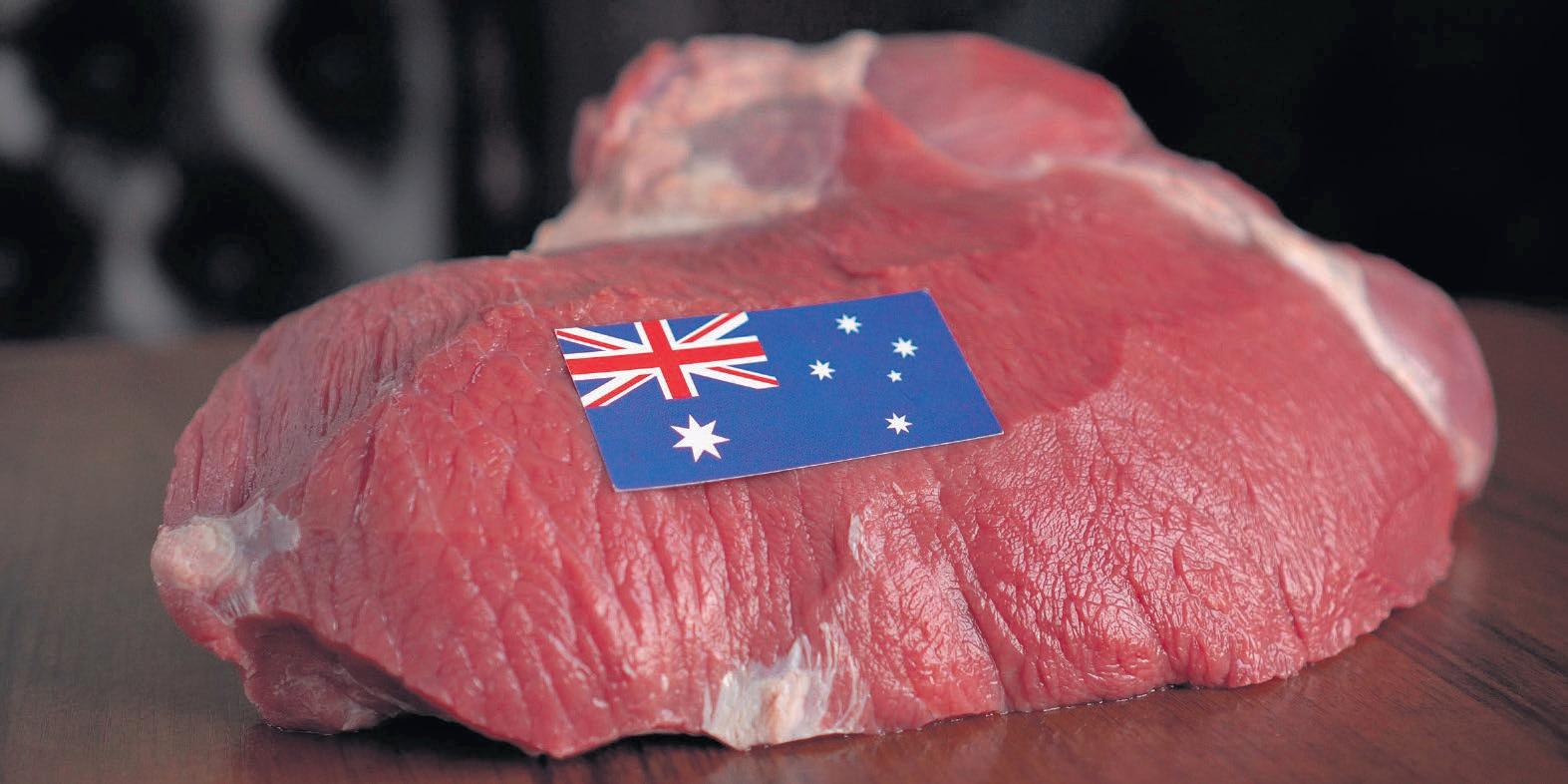
Australian beef production in 2025 is expected to come close to equalling production records set in 2024, Rabobank says in its Australian Beef Seasonal Outlook 2025.
The annual report says the high beef production volumes are being matched by growing global demand — with the relatively-balanced market expected to support stable prices and good returns for Australian beef producers.
Report author, RaboResearch senior animal proteins analyst Angus GidleyBaird, said successive favourable seasons — with the exception of ongoing significant dry areas in Victoria and south-east South Australia — have allowed Australian cattle numbers to build.
“The increased calving from this larger cattle inventory is now flowing into markets as finished cattle, with 2024 setting a new record (2.57 million tonnes) in Australian beef production,” Angus said.
RaboResearch believes 2025 will continue to see high numbers of cattle turned off and, with continuing high carcase weights, production volumes are expected to remain high and close to the 2024 record.
Fortunately for Australia, other major beef-producing countries are expected to see a decline in production in 2025.
“This creates demand for imports and reduces competition in Australian export markets, supporting demand for Australian beef,” Angus said.
The outlook of high production balanced by growing global demand leads to the bank’s expectation that Australian cattle prices will remain relatively steady through the course of
2025 with some potential upside.
“However, as we have seen in the first four months of the year, there remain uncertainties around trade, with the imposition of tariffs and geopolitical tensions that can lead to trade disruptions,” Angus said.
“Notwithstanding, 2025 is shaping up to be a good year for the Australian beef cattle industry with steady prices and strong production.”
On the menu
Australia’s domestic per capita beef consumption is assumed to drop slightly in 2025 due to ongoing economic pressures.
“However, household incomes are forecast to increase by the RBA (Reserve Bank of Australia), which will provide some support for beef consumption,” Angus said.
Despite the Australian population forecast to rise by two per cent in 2025, RaboResearch projects a slight drop in per capita consumption, resulting in domestic beef consumption being steady in 2025 and therefore exports will continue to play an important role, accounting for 75 per cent of production.
Angus said the distribution across export markets is expected to remain similar for Australian beef in 2025.
“The US market, which consumed almost as much Australian beef as our domestic market in 2024, is expected to remain the largest market. This will predominantly be manufacturing beef,” he said.
“And we expect Asian markets will be similar to 2024, that is with relatively weak but slowly improving demand.”
Angus said global beef production is projected to be up slightly in Q1. However, RaboResearch expects it to contract through the rest of 2025 to be down two per cent compared to 2024.
“The contraction in production is led largely by Brazil, down 550,000 tonnes or five per cent, but we are also expecting contractions in the US down 100,000 tonnes (one per cent) and China down 40,000 tonnes (0.5 per cent).”
He said the contraction in some of the world’s largest beef producers and exporters in 2025 will support the Australian cattle market at a time where high production volumes need export markets to perform strongly. The price tag
RaboResearch is anticipating steady Australian cattle prices with some upside in 2025.
“Global beef demand is providing some upside, despite lower restocking demand and high production,” Angus said.
Rabobank modelling indicates that the National Young Cattle Indicator should trade between 360¢/kg and 425¢/kg lwt in 2025 with an average across the year of 409¢/kg.
“This would be a 23 per cent increase on the average price of 2024,” Angus said.
“And modelling for 2026 shows a range of 400¢/kg to 420¢/kg with an average across the year of 410¢/kg.”
The report said with Australian cattle inventory at high levels and generally favourable seasonal conditions across much of the country — recognising persisting dry conditions in Victoria,
southern NSW and south-east South Australia — restocking activity is lower than in 2020 to 2023.
This means there is lower demand for restocking-type cattle (weaners and replacement cows and heifers), leading these price categories to be softer.
“On the other hand, a strong US market is supporting global demand and accommodating the historicallyhigh Australian beef production,” Angus said.
“Seasonal conditions are assumed to be average in 2025 before becoming dry in 2026 with beef producer confidence remaining good through 2025 before dropping in 2026 with the change in season.”
Larger numbers of cattle to sell and higher prices are expected to generate higher cash receipts for Australian cattle producers through 2025.
Angus said these higher receipts will offset the expected rise in costs, leading to a lift in farm cash income.
“Cash costs are expected to rise in line with the 10-year trend with higher interest costs still being a factor after rising in 2024, while cattle purchase costs are down after the highs of 2022.”
With the assumption that 2026 could, overall, be a dry year, RaboResearch expects costs such as fodder and agistment may rise, although they could be offset by a rise in cash receipts if producers are forced to sell off higher numbers of cattle than normal.
Angus said it will be “steady as she goes” — with beef producers expecting incomes to be the same in the year ahead.


Pri on me
We are established agents in the Echuca and Shepparton Saleyards. Our agents pen cattle for Auction at Both Store & Prime Sales and special sales. Our agents can also assist in Mustering of livestock (dairy or beef cattle), Drafting & Drenching livestock, Marking Cal ves, Scanning and weigh cattle.
Tuesday - Shepparton Cattle & Calf Sale
Wednesday - Echuca Prime Cattle Sale
Friday - Shepparton Sheep & Lamb Sale (First Monday of every Month)
Monday - Echuca Store Cattle Sale
Our team have vast experience in marketing and aucti oning items from household items, rare/antique items and machine ry/equipment. We specialize in both Online or Onsite depending on what best complements each vendor. Being a privately owned com pany it allows us to work with our clients with a more perso nal approach.
We understand the significance of local knowledge in real estate, and our agents together have more than 25 years of e xperience in the area. Whether your looking at buying, selling or interested to see where your property sits in the market.

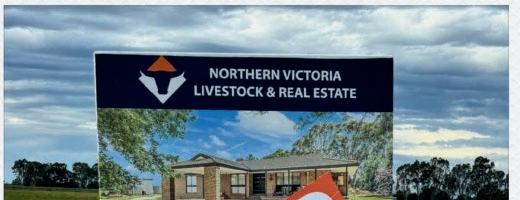











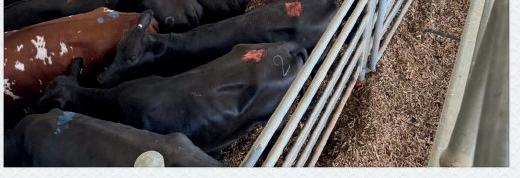
















Farmers can increasingly tailor their machinery to meet their particular needs, instead of accepting the one-size-fits-all approach.
The first in its field, KUHN Australia has launched a revolutionary new tool for customers, the KUHN configurator.
Combining innovation and cuttingedge technology, the configurator is an easy-to-use online tool that allows customers to build a machine fit for purpose, by adjusting the make, model, features and optional extras.
“By putting the design directly into the hands of our customers, we’re providing solutions perfectly attuned to their unique farming needs and environments,” KUHN Australia’s managing director Bruno Fetiveau said.
“Our new configurator marks a significant leap forward in the realm of agricultural machinery customisation,” he said, ensuring “optimal productivity and performance”.
Offering real-time pricing, the
configurator also brings a new level of transparency to the machinery industry, allowing customers to make accurate comparisons and more informed decisions about their machinery purchases.
To experience the KUHN configurator, and ‘Build Your Dream Machine’ visit: configurator-au. kuhn.com/
John Deere customers now have the option to either buy all their precision agriculture technology upfront or select only the hardware and software elements that will be most valuable to their business.
The Precision Essentials program allows customers to save up front on the purchase of machinery by only paying for the precision agriculture technology they see as most important for their unique farming operation.
Through the program, farmers will also be able to ensure machines have the most up-to-date technology, without the need to purchase new equipment, and retrofit legacy
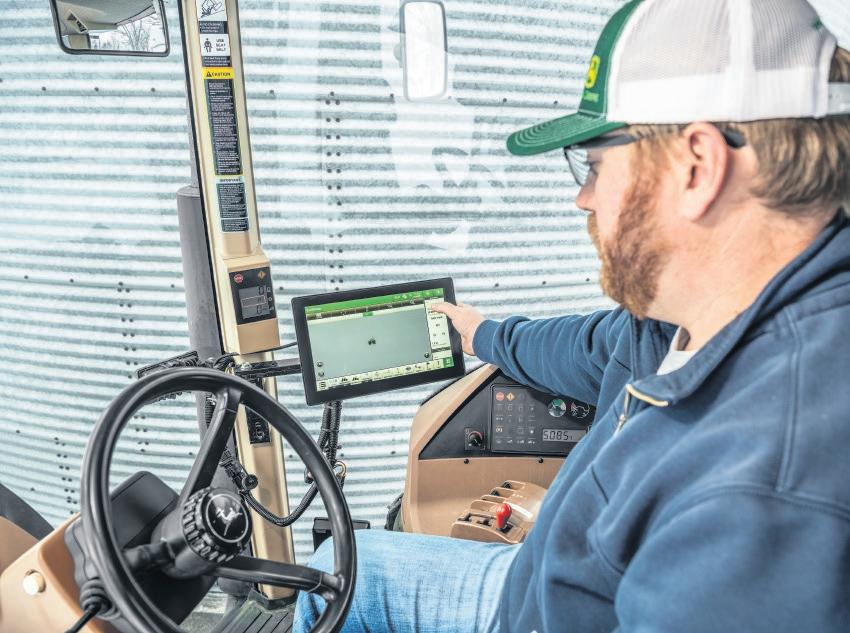
machines to bring them in line with modern requirements.
Farmers with equipment that is not John Deere can even opt into Precision Essentials to introduce industry leading tech to any machine.
John Deere Australia’s Royce Bell said Precision Essentials was driven by John Deere’s commitment to making technology more affordable, by ensuring customers select only the tech they need, and adaptable by allowing farmers to scale up or down
as their operation demands.
“Our goal is to help farmers, regardless of farm size, crop or livestock operation, incorporate the precision agriculture technology that’s right for their farm,” he said.
“The new licensing options also provide customers newer to precision ag technology the opportunity to try a technology and then expand as it fits their farm.”
For more information, visit www.deere.com.au/en/
Australian farmers’ uptake of agriculture technology is helping them manage the growing pressure of more complex production systems and critical labour shortages.
During his recent visit to Australia, global John Deere senior leader Aaron Wetzel met with growers and said local farmers were trailblazing the use of innovation in their operations.
“Australian farmers are managing increasingly tight planting windows, operations that are a larger size and scale, and a growing labour shortage,” he said.
“What stood out to me is how proactively they’re turning to technology to meet those challenges head-on.
“Without the government subsidies seen in other markets, Australian growers must be exceptionally efficient with their inputs and capital investments.
“They’re not just open to technology, they’re demanding it.”
A 37-year veteran of John Deere based in Illinois, Aaron has lived and worked in the United States, Europe and Brazil.
“I’ve spent time with customers all over the world and, while the core issues are often similar it is what I call the ‘last mile’ that is always local,” he said.
“That’s where we need to be truly in tune with our customers.”
John Deere has launched fully autonomous solutions on 8R and 9R tractor platforms in the US, and Aaron said he expected this tech to follow in Australia in the future.
“These systems are aimed squarely at helping farmers address labour shortages while increasing machine utilisation and overall efficiency,” he said.
“Having qualified people to do the work required is a challenge for many of our customers and they are actively looking for solutions to be able to address this.
“Australia is a key growth market for John Deere. The innovation mindset here is unmatched, and we’re committed

to supporting that with the very best equipment, precision technology, and on-the-ground dealer support.
“We see tremendous opportunity to help growers here reach new levels of productivity.”


Nature is still too complex for artificial intelligence modelling to be effective, but the tipping point is close, according to a new study that found the technology may still trip at the last real-world hurdle.
The study into how AI can help protect crops from diseases and improve food security by identifying diseases and forecasting outbreaks has revealed that most AI models that work in the computer lab are overwhelmed when put into the field.
There is growing interest in using AI in crop protection because infectious plant diseases, if unchecked, can compromise anywhere from 10 to 40 per cent of a farm’s crop yield depending on the disease.
The diseases could cause nutritional deficiencies among crops typically rich in vitamins and minerals.
In recent years, machine and deep learning algorithms have served as the backbone of mobile applications, drone-base monitoring, automated irrigation and treatment systems, and precision agriculture platforms that have advanced to reliably recognise budding diseases.
But in-field applicability remains one of the major challenges faced by the growing technology.
Study supervisor Thuseethan Selvarajah, a Charles Darwin University lecturer in information technology, said real-world agricultural scenarios were
often more complex than AI models were capable of analysing, leading to misdiagnoses and inappropriate treatment recommendations.
Thuseethan said the study highlighted the need to develop diverse, real-world plant disease datasets that captured the variability in crop types, disease stages and environmental conditions to train AI models.
“Some of the more common field issues that affect an AI model’s accuracy include changes in lighting, overlapping leaves, background clutter and inconsistent image quality,” he said.
“Techniques like data augmentation, domain adaptation and training AI models to handle noise and distortions would help overcome this, but it’s also important to create lightweight and efficient deep learning models that can be used on resource-limited devices like smartphones and drones.
“In regions like Darwin and across the Northern Territory, where network coverage can be limited, deploying AI models directly on mobile devices is critical because it allows farmers to access these tools without needing a constant internet connection.”
Sri Lanka’s University of Peradeniya PhD candidate Romiyal George, who led the study, said healthy crops were crucial for feeding communities, preserving biodiversity and supporting economic development around the world, but the growing threat of plant

diseases put all of that at risk.
Romiyal said farmers had historically relied on visual inspection of crops to monitor the presence of plant diseases, a method that was time-consuming, costly and often inaccurate.
“A deep learning model trained on images of plant leaves showing different stages of disease can spot early signs of infection with high accuracy,” he said.
Catching these symptoms early is crucial because traditional visual checks often miss them until the
disease has already advanced, leading to more severe crop loss.
“In comparison, AI systems powered by deep learning can provide immediate feedback, helping farmers make quicker and better decisions,” Romiyal said.
This research was published in Computers and Electronics in Agriculture and contributes to Goal 2 of the United Nations Sustainable Development Goals, which relates to zero hunger.

Kaitlyn Clapp with Rex, Goulburn Valley Water’s 10-year-old farm dog. Kaitlyn joined GV Water in 2021, with her passion for animals and agriculture at the core of her work. She hopes to pursue a Diploma in Agriculture in the next five years.
Valley Water has expanded the use of recycled water to transform its Shepparton Wastewater Management Facility into a multi-faceted agricultural operation.
Located just west of Shepparton, the Daldy Rd property spans 1000 hectares and has evolved from what was once an area of eucalyptus trees and grazing sheep into highly productive irrigated farmland.
Goulburn Valley Water managing director Steve Capewell said farm managers and operators had a clear objective in transforming the property — to reuse treated wastewater in a sustainable, productive and community-supporting way.
“We have recently completed a tree clearing project with the intention to redevelop the cleared land for irrigated pasture and lucerne production,” Steve said.
“This will enable more effective use of treated wastewater.
“The trees no longer use wastewater effectively, which made this decision strategic in nature. It will also allow us to continue to diversify our farming operation.”
The farming operation has been running since 1988 and now employs
seven full-time and three casual staff, who manage the livestock, crops, irrigation and land improvements.
Despite appearances, no major changes have occurred recently in terms of livestock type or farming model, but the farm continues to adapt.
Though many locals assume dairy cattle have been introduced, Goulburn Valley Water confirms this isn’t the case and that no dairy operation had commenced, or was under consideration.
Alongside the livestock, the property is home to a range of crops including wheat, barley, canola, maize and sorghum, demonstrating the versatility of the land and the potential of irrigated farming in the region.
Around 155 hectares of the property are occupied by wastewater treatment lagoons — 19 in total. These lagoons manage and treat about 6500 megalitres of wastewater annually.
On average, about 2500 Ml of treated wastewater is reused to irrigate the farm’s pastures and crops, however, not all land on the site is irrigated using treated water.
The facility is not just designed for internal reuse, but also to support the broader agricultural community.
Excess treated wastewater, beyond what is needed for the on-site farm, is
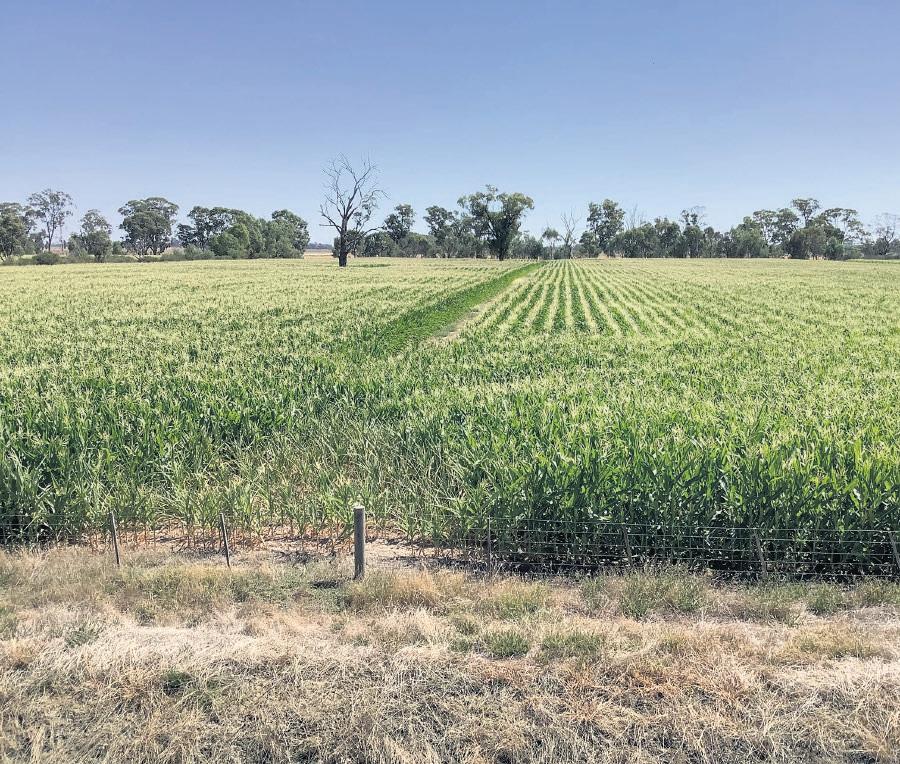

treated to a higher standard and then safely discharged into the Goulburn River in accordance with EPA regulations.
In addition, Goulburn Valley Water has established a third-party reuse agreement, allowing treated water to be used on nearby farms.
During recent dry seasons, Goulburn Valley Water has also explored broader opportunities to assist neighbouring properties.
This included an Expression of
Interest process in 2023 to gauge demand for third-party reuse among surrounding landholders.
The evolution of the Daldy Rd property illustrates how regional utilities can manage wastewater in an environmentally responsible way while contributing to the local economy.
Through strategic land use, careful planning, and collaboration with the farming community, Goulburn Valley Water continues to turn treated wastewater into a valuable agricultural resource.



